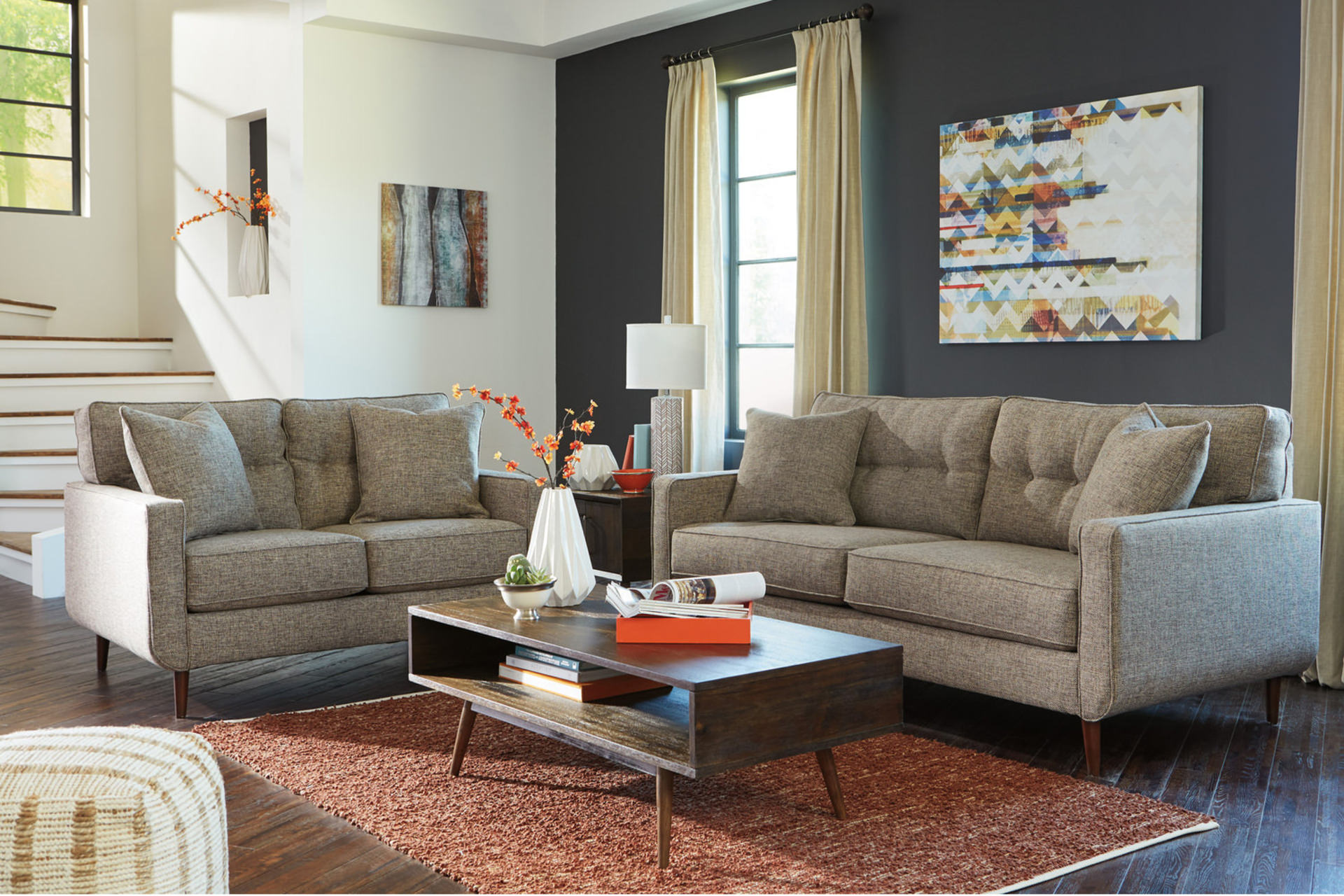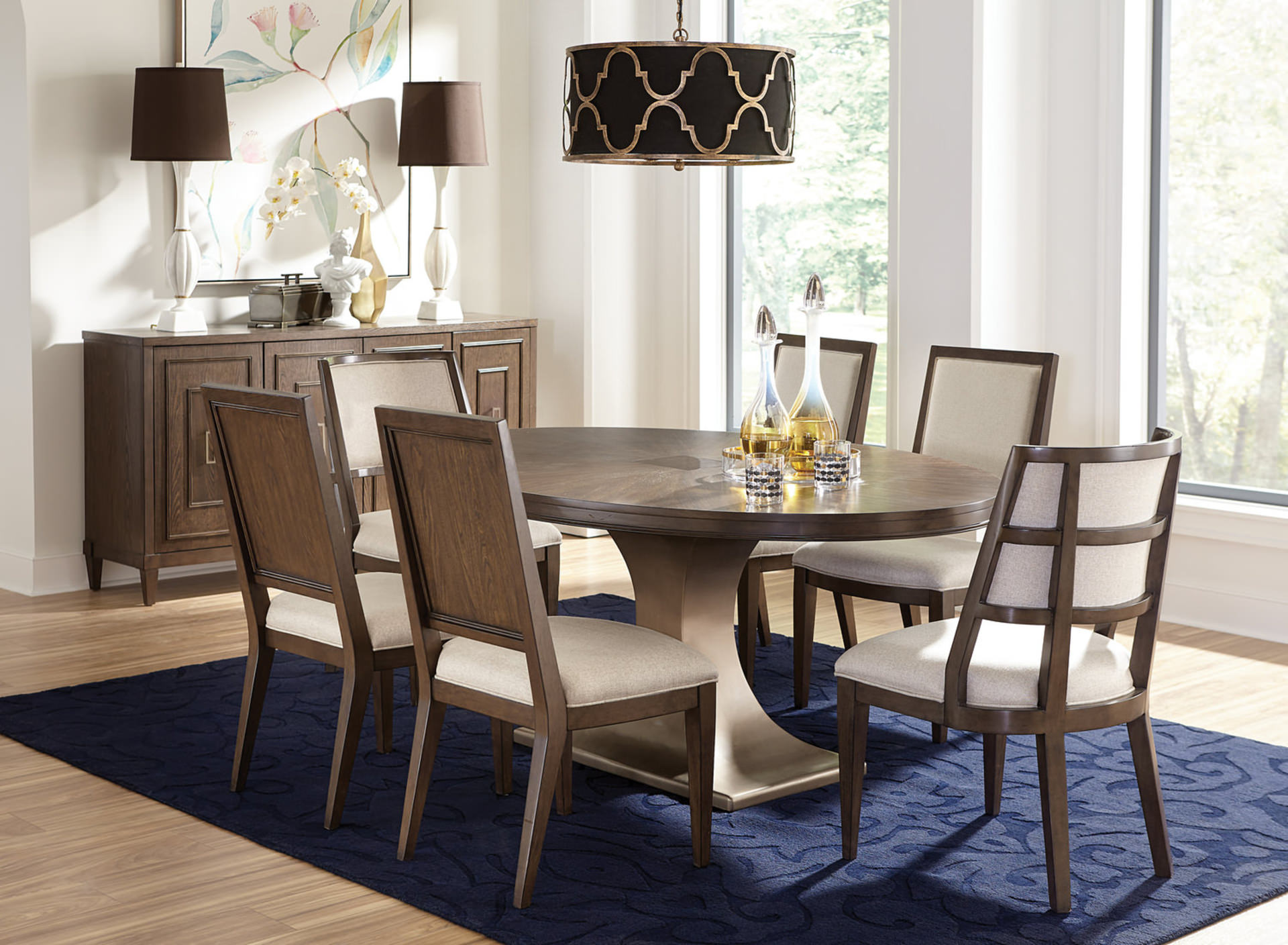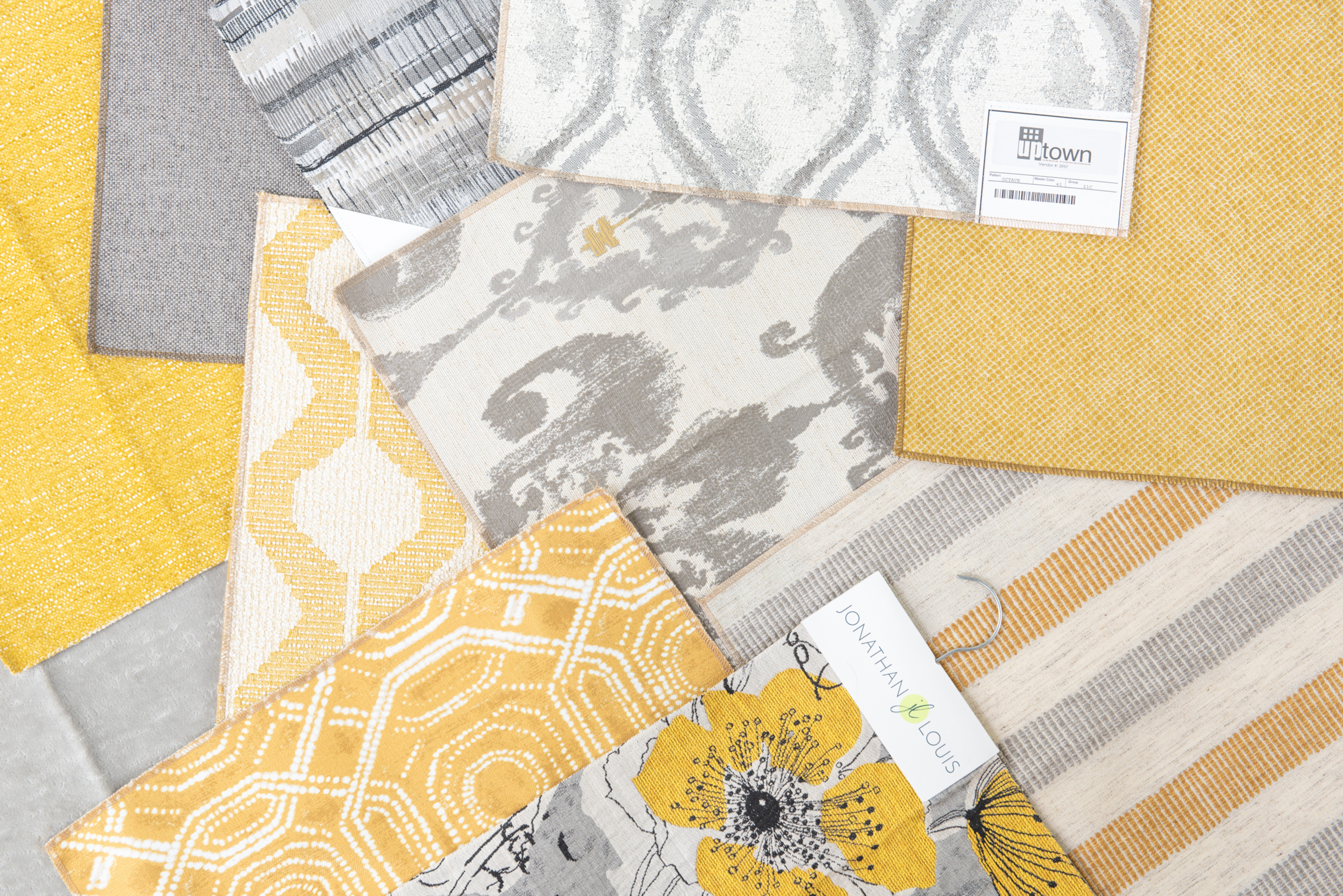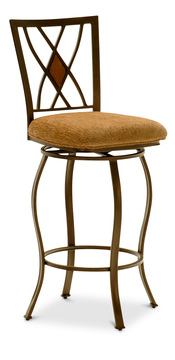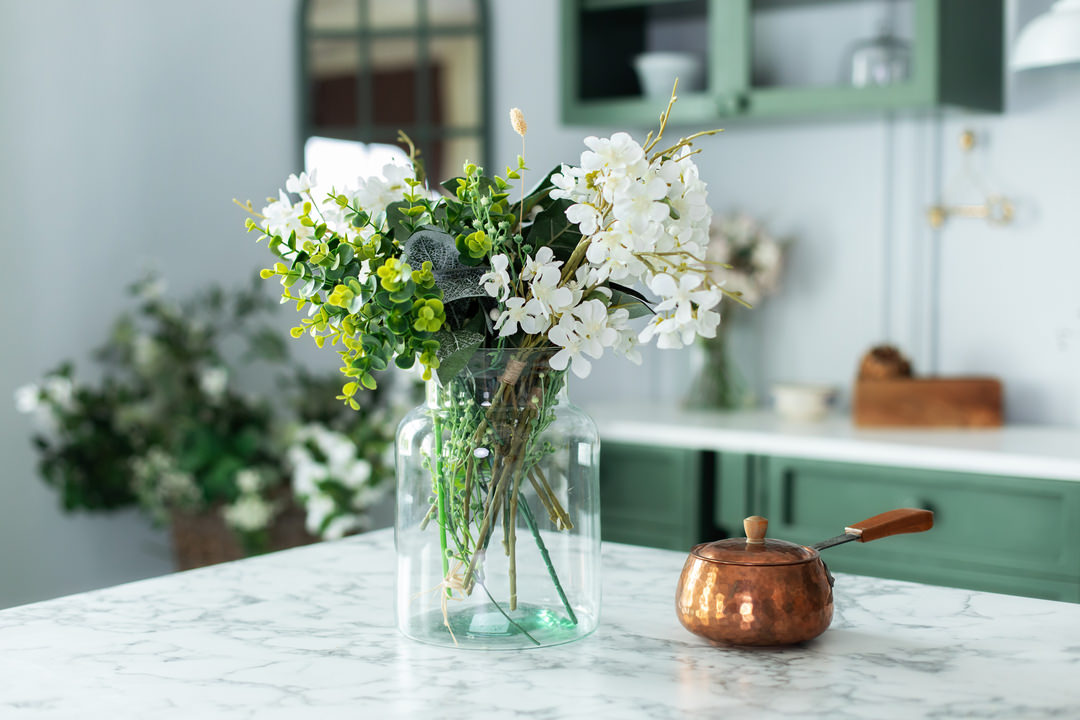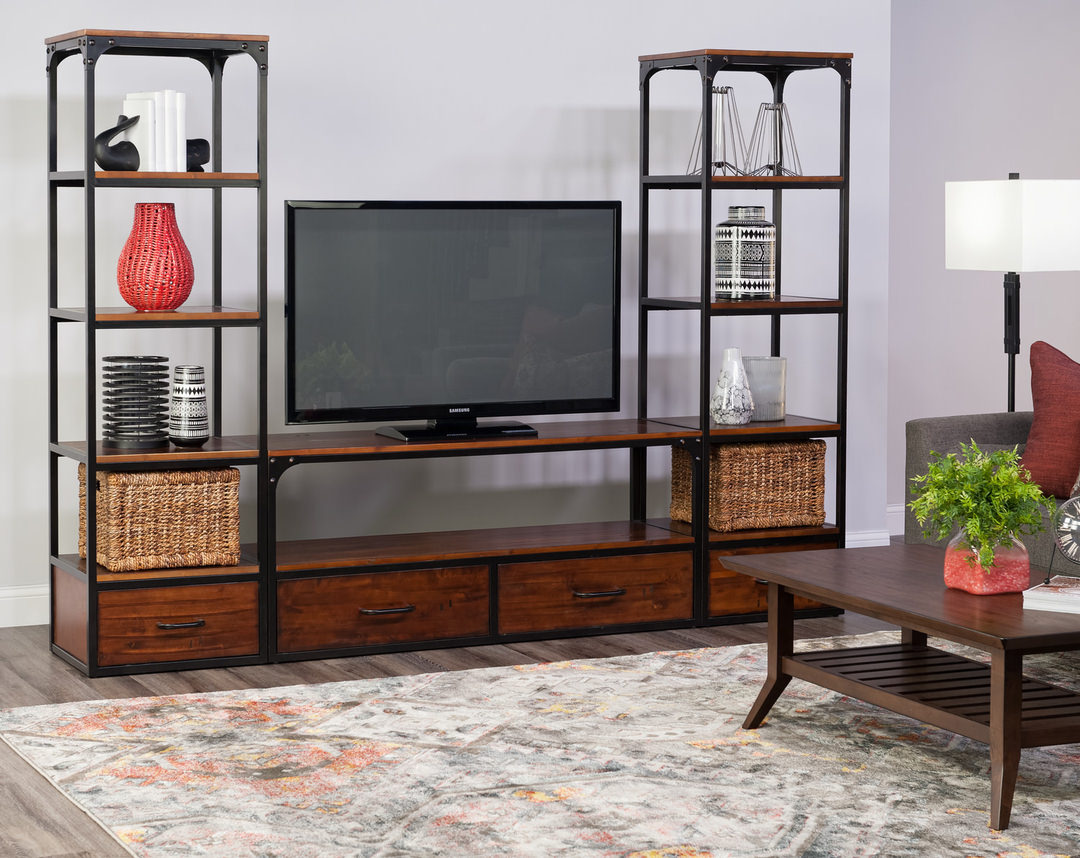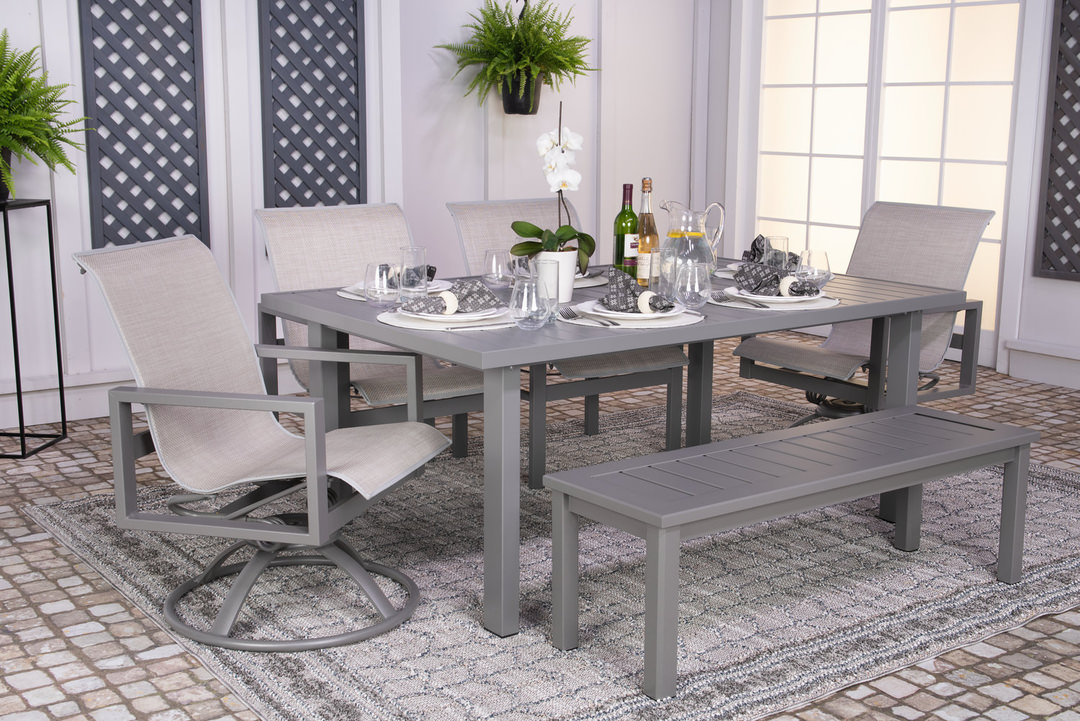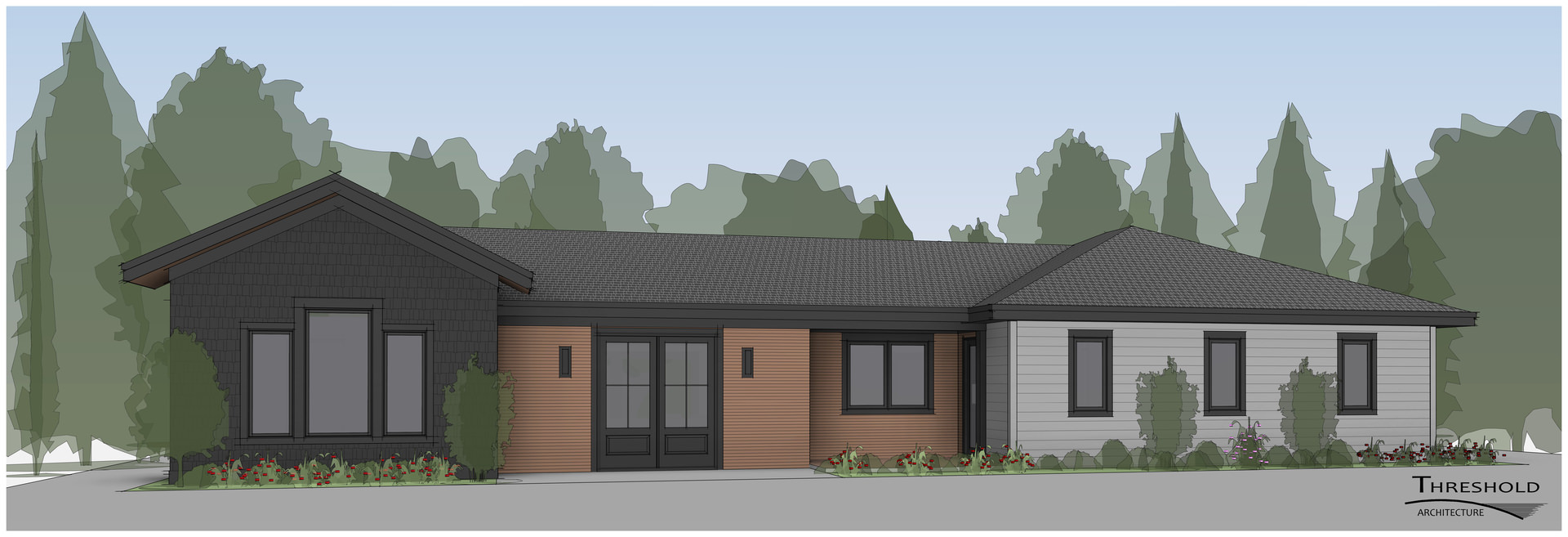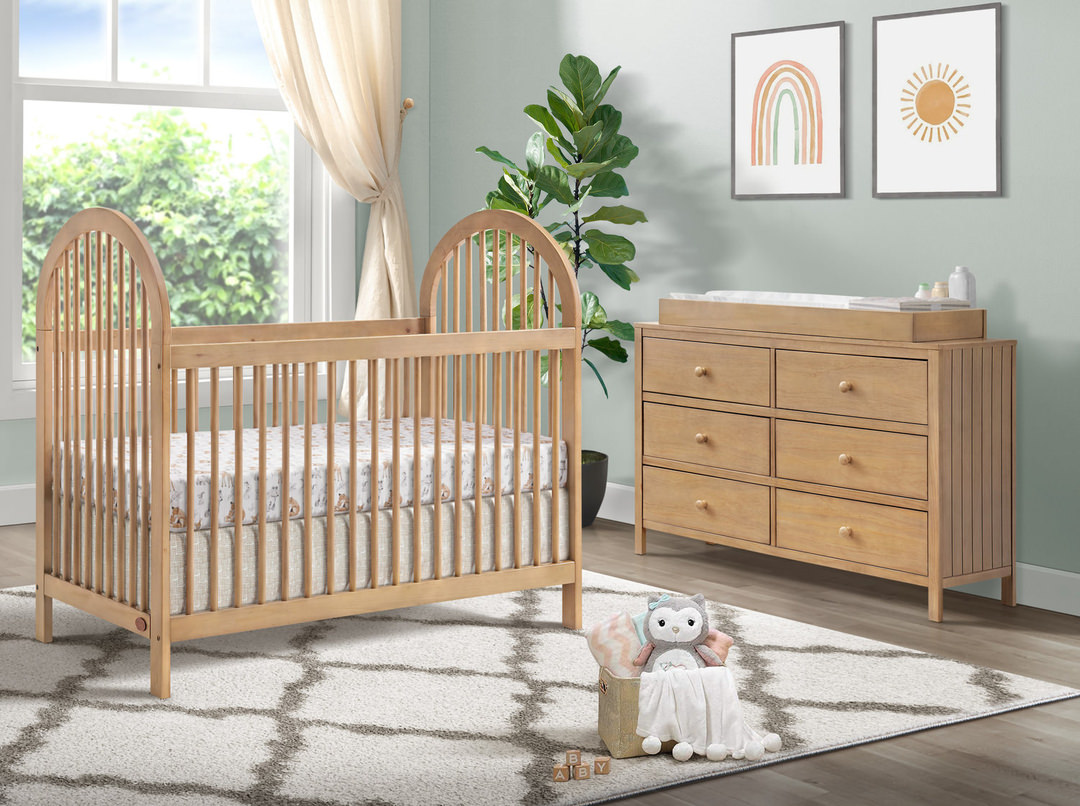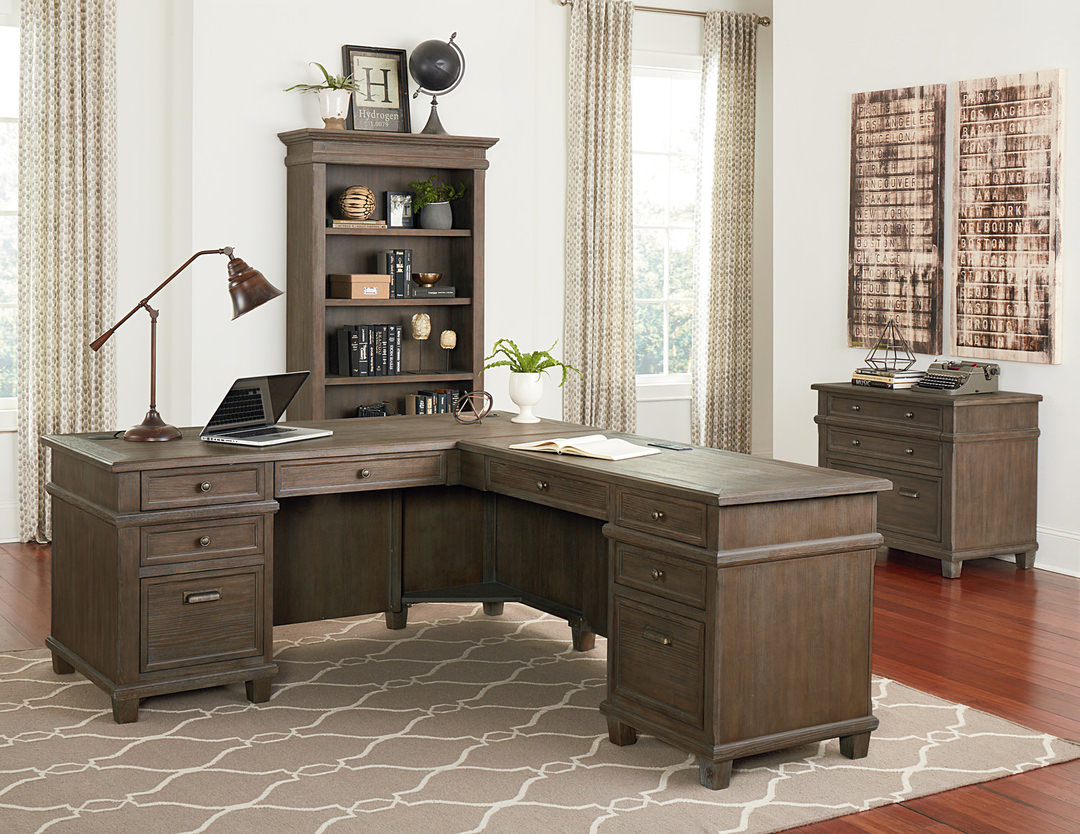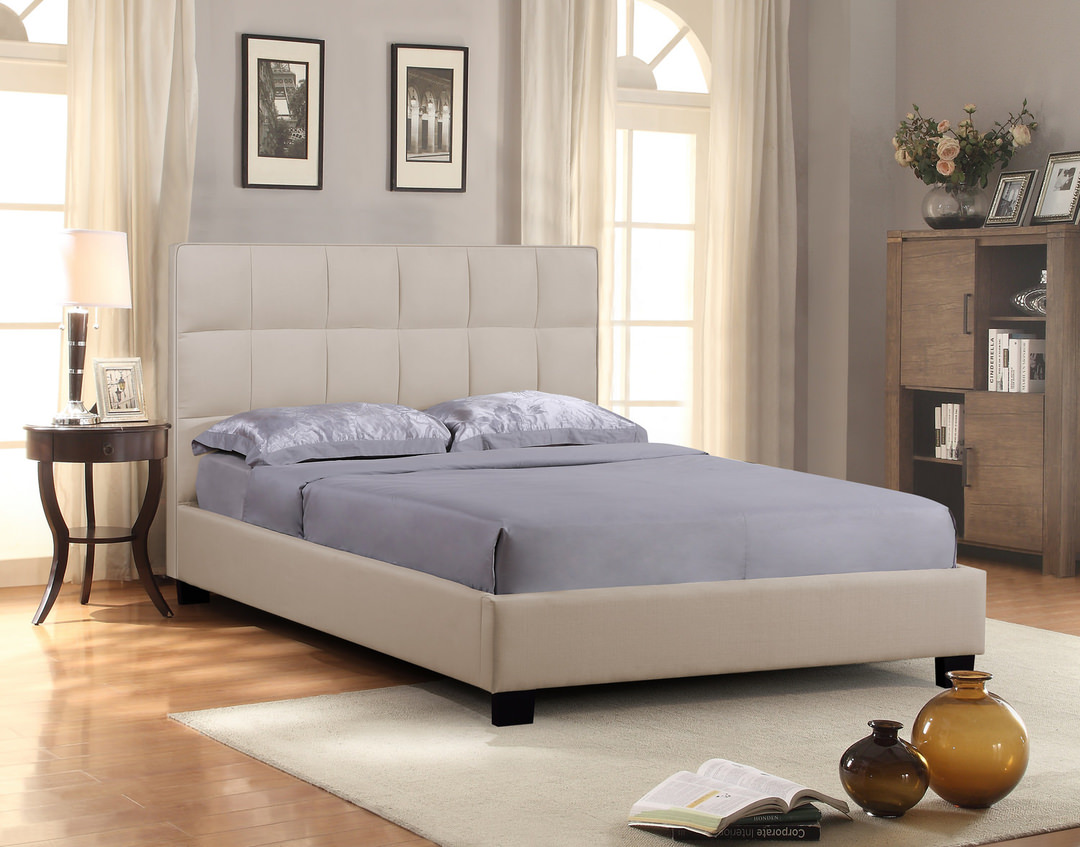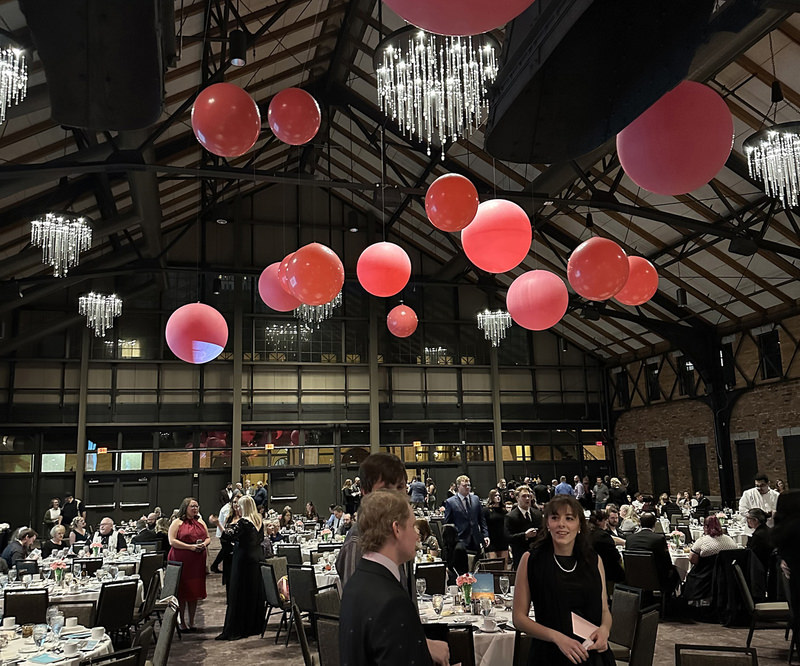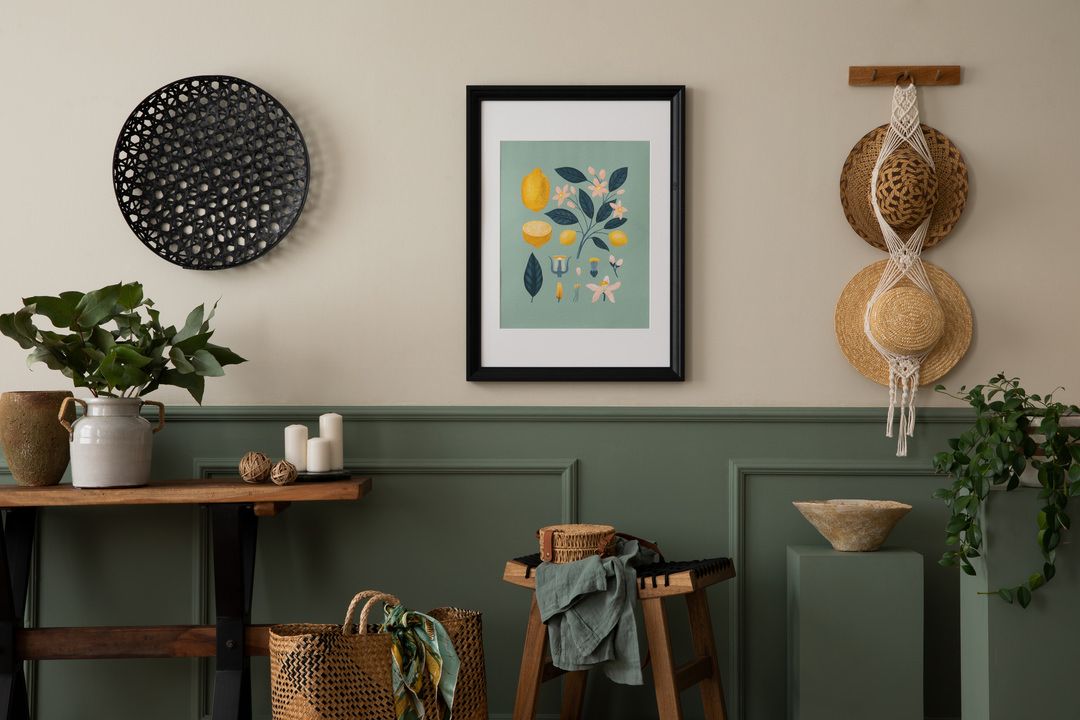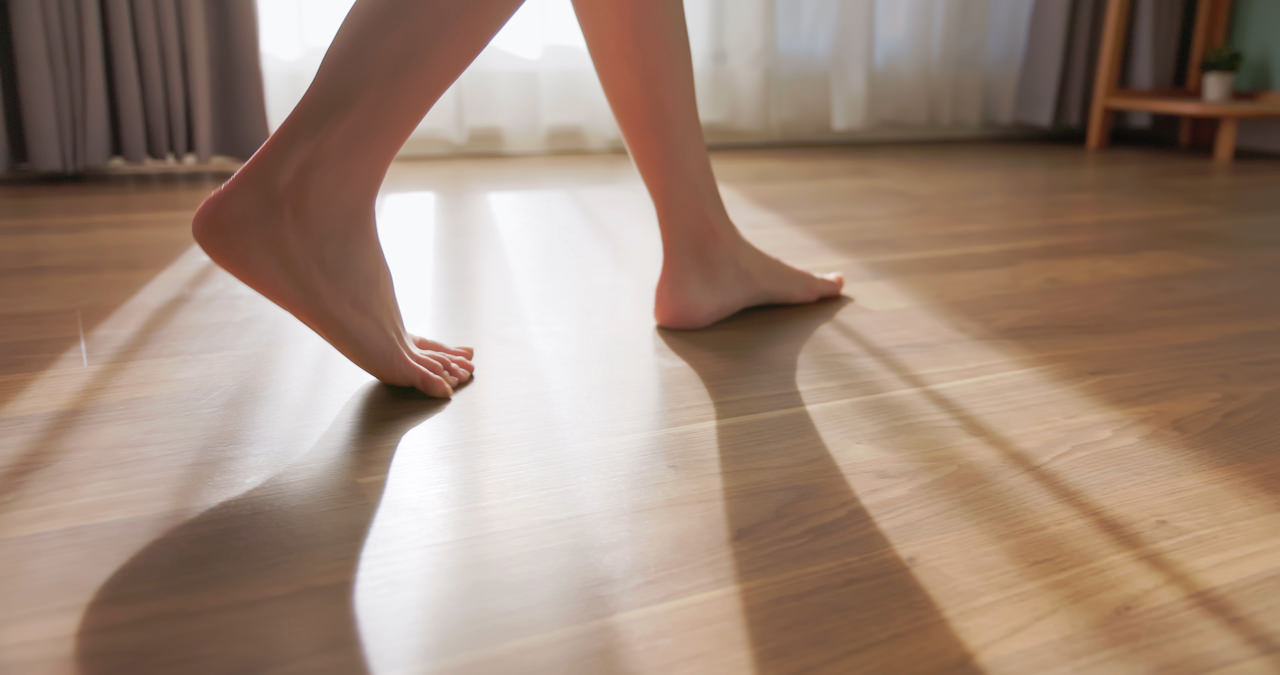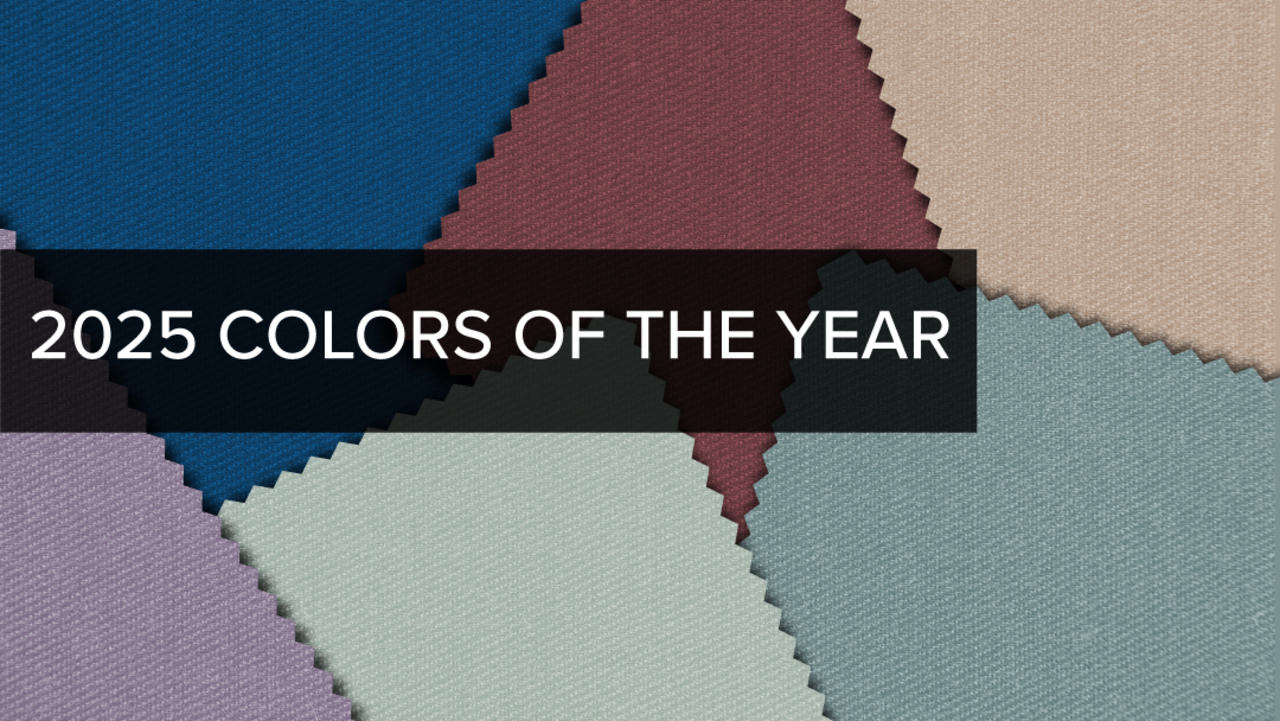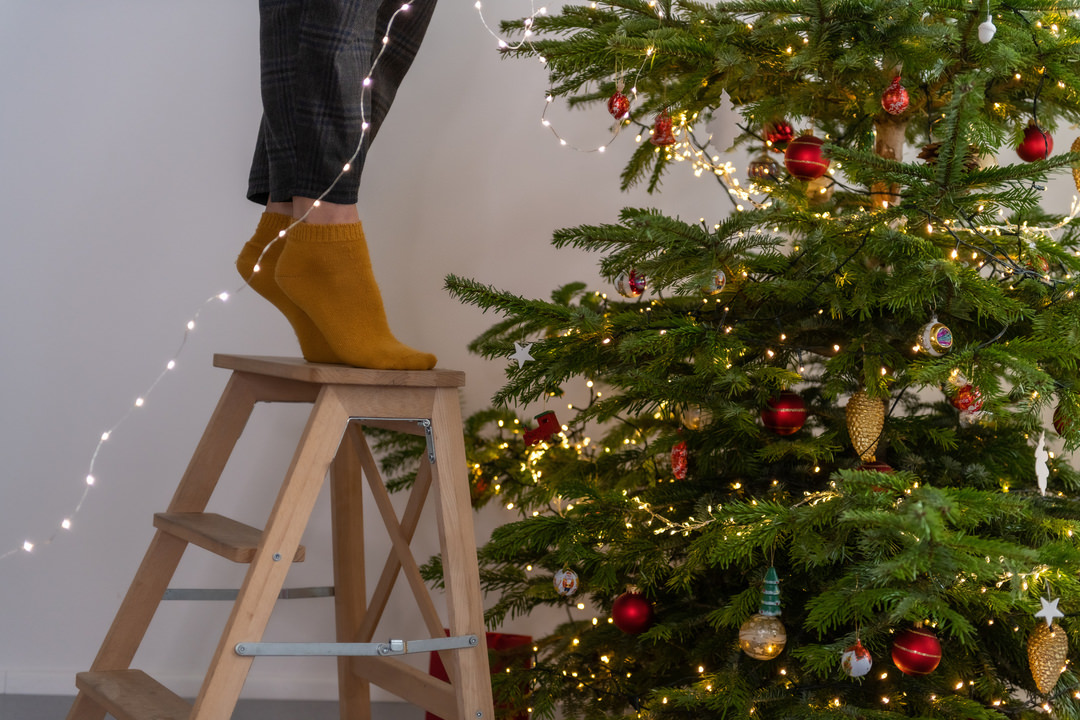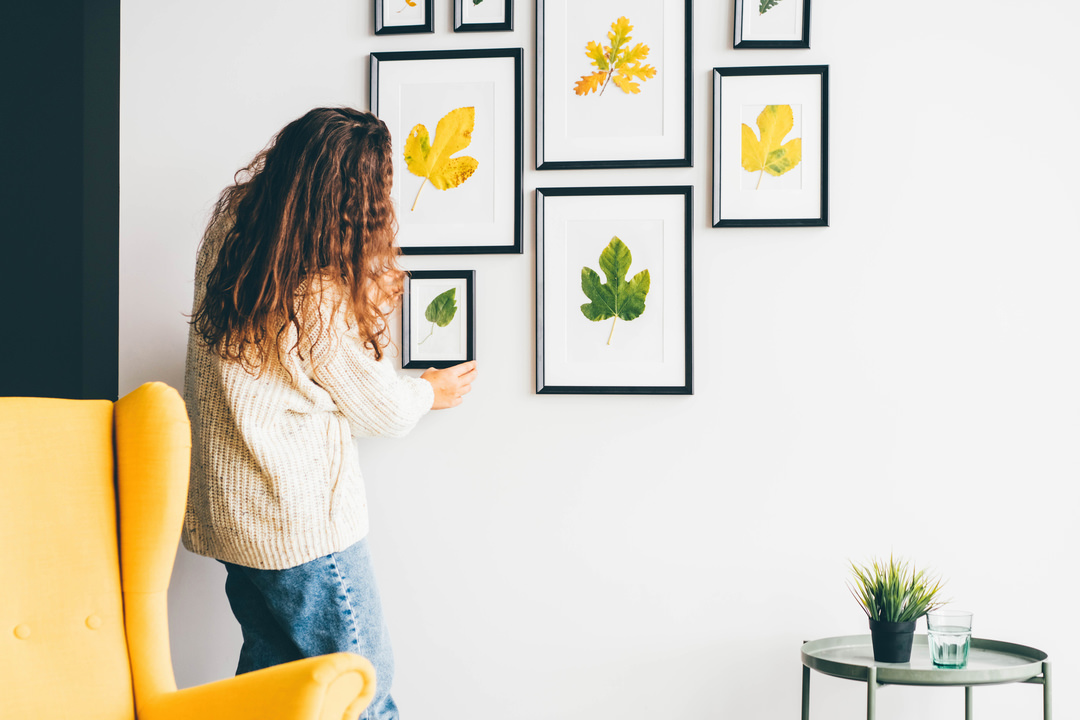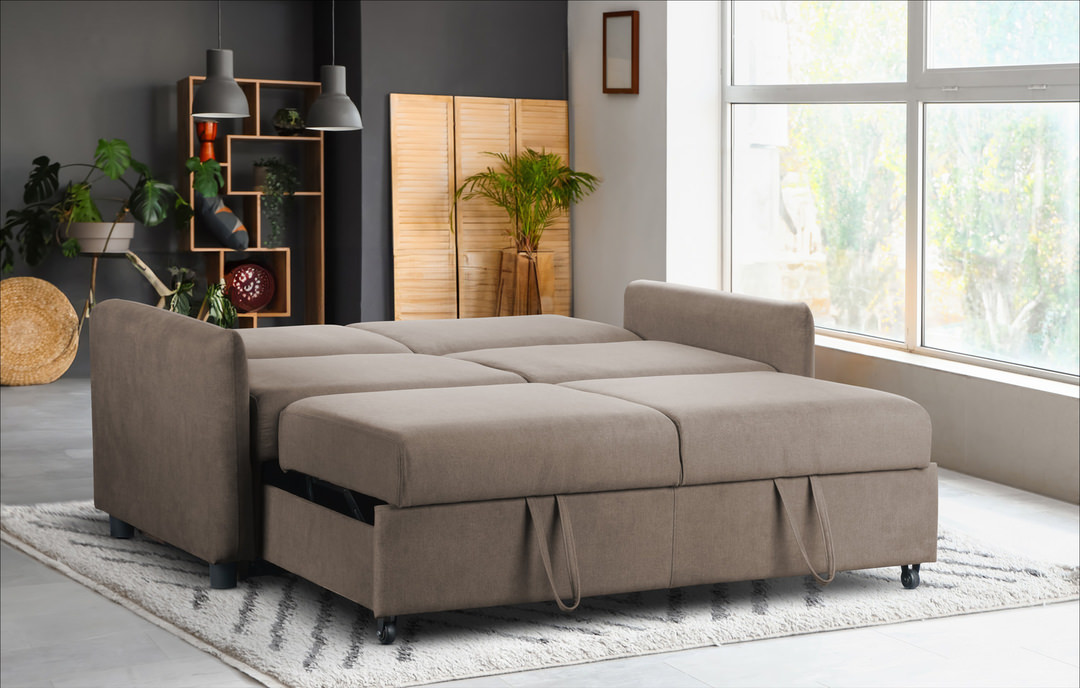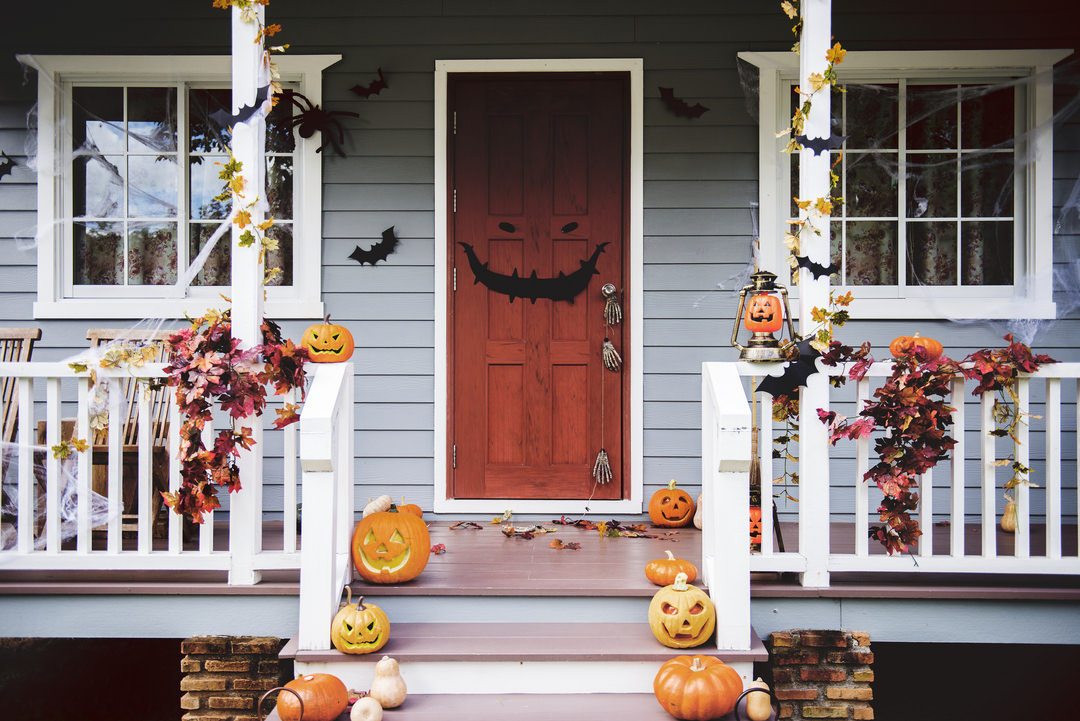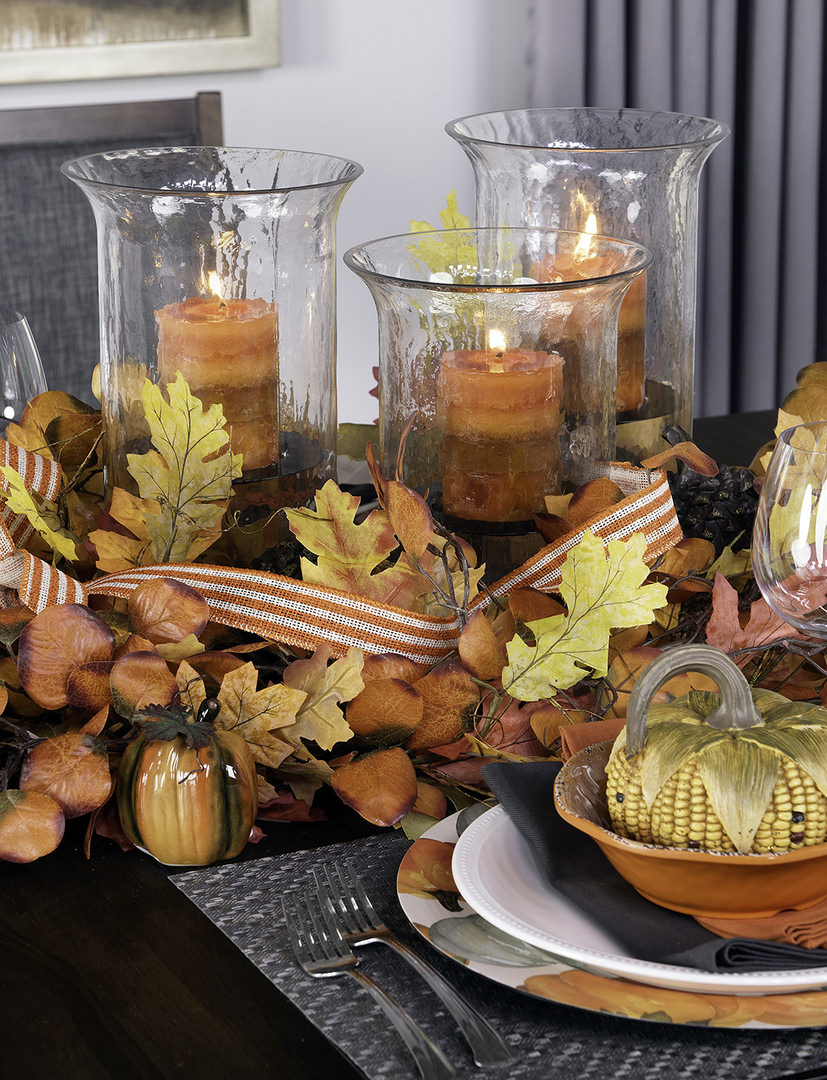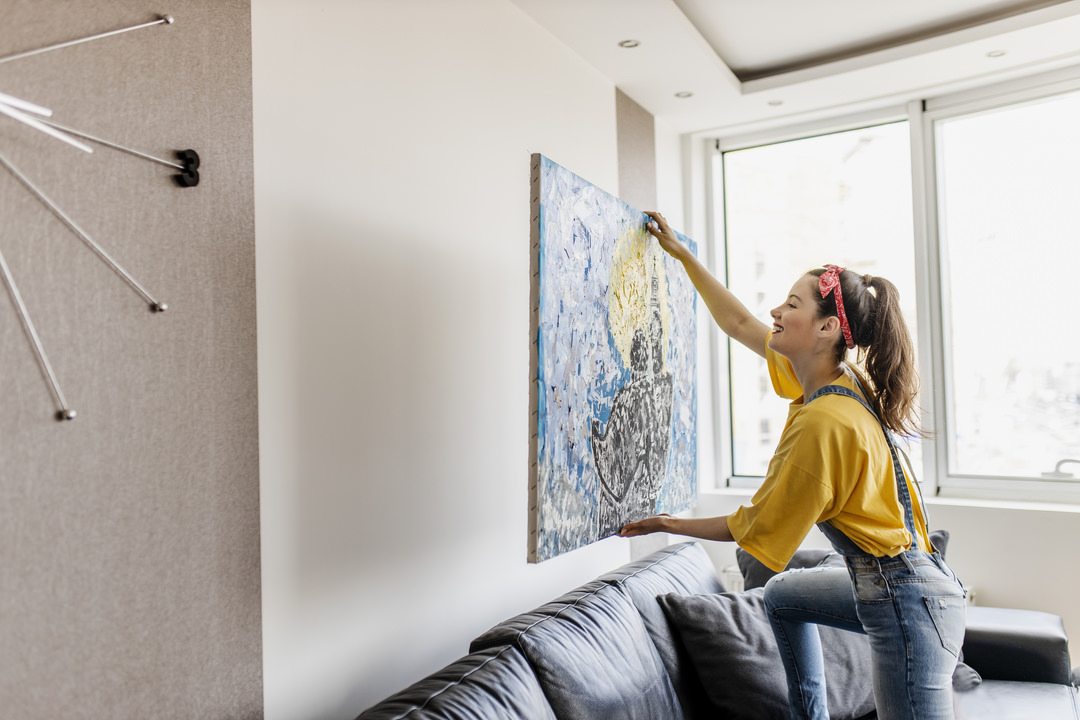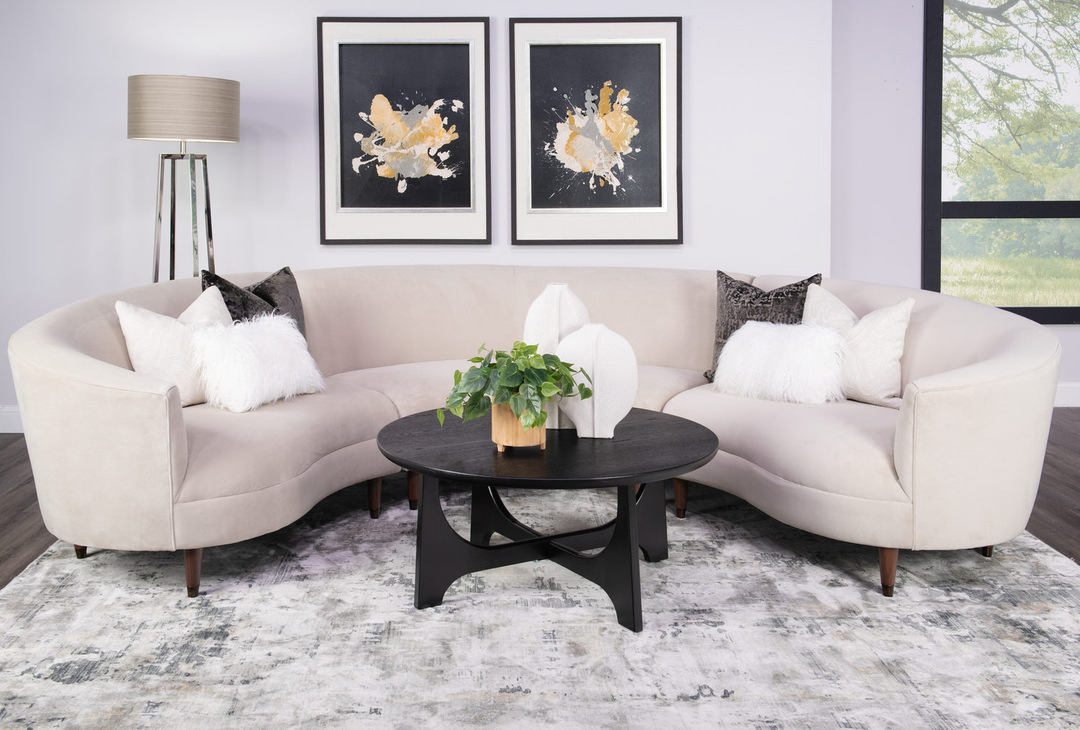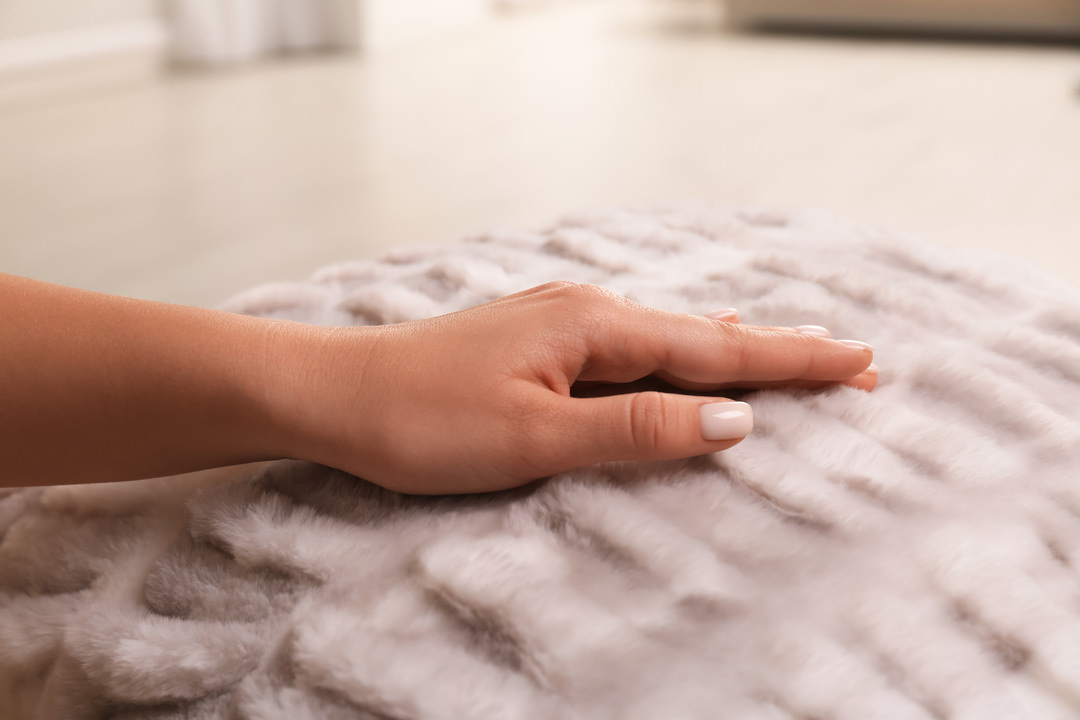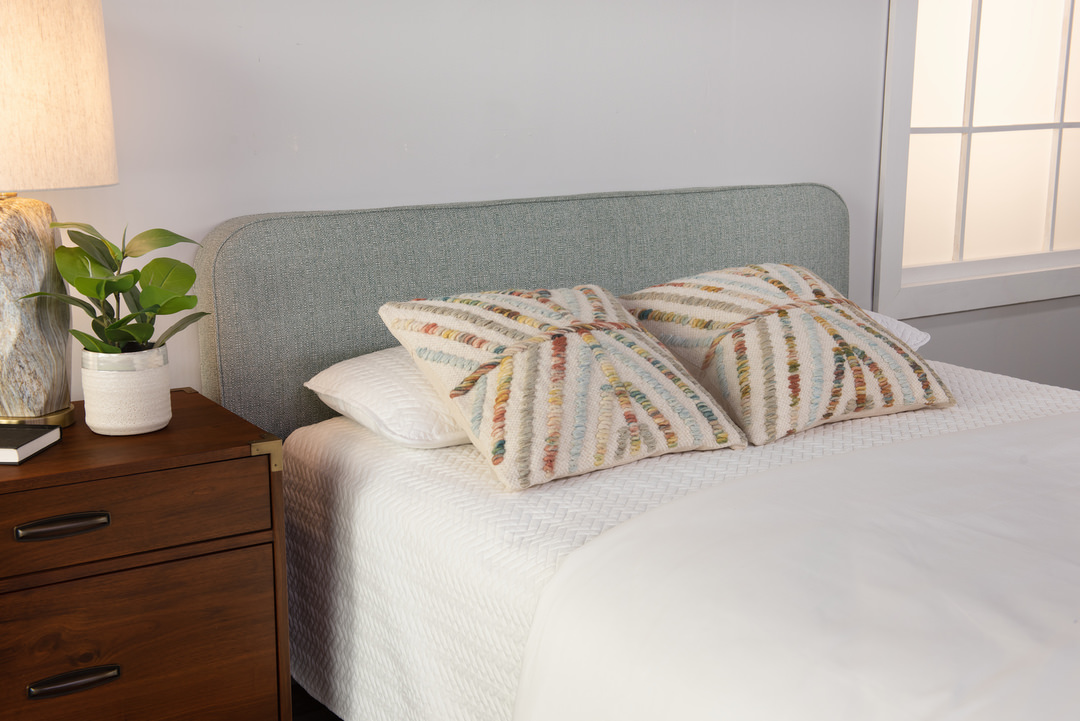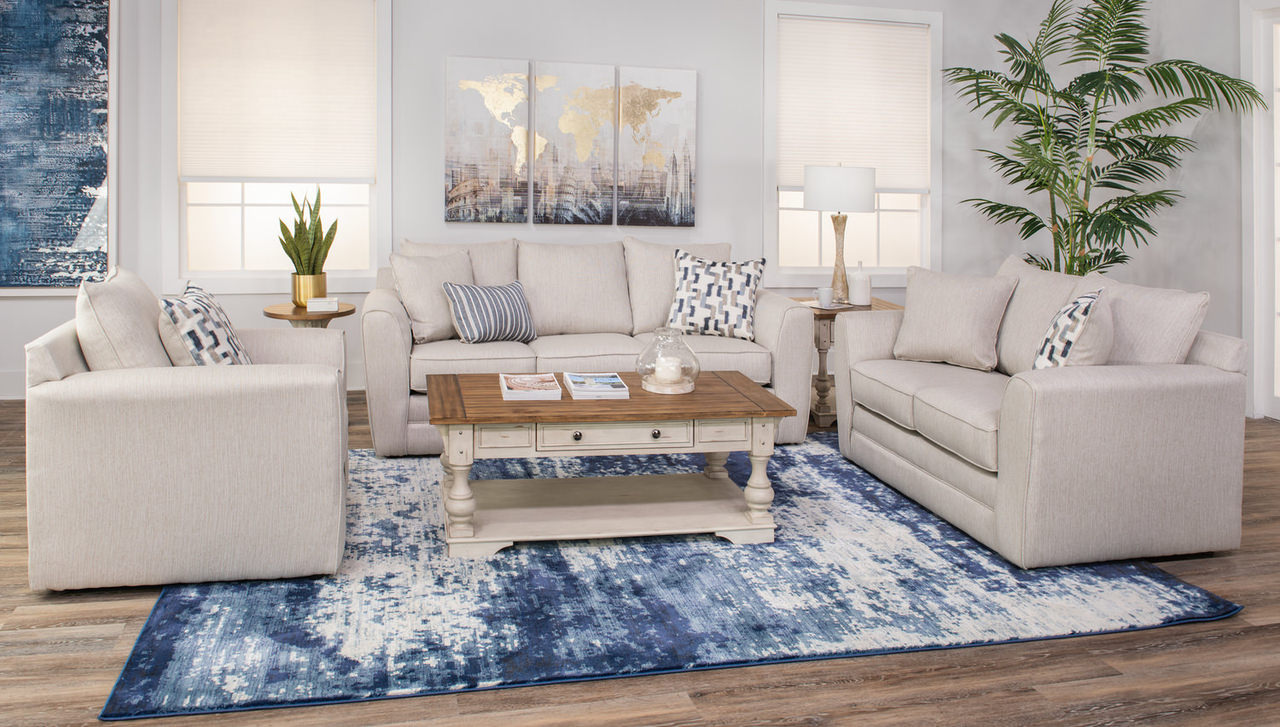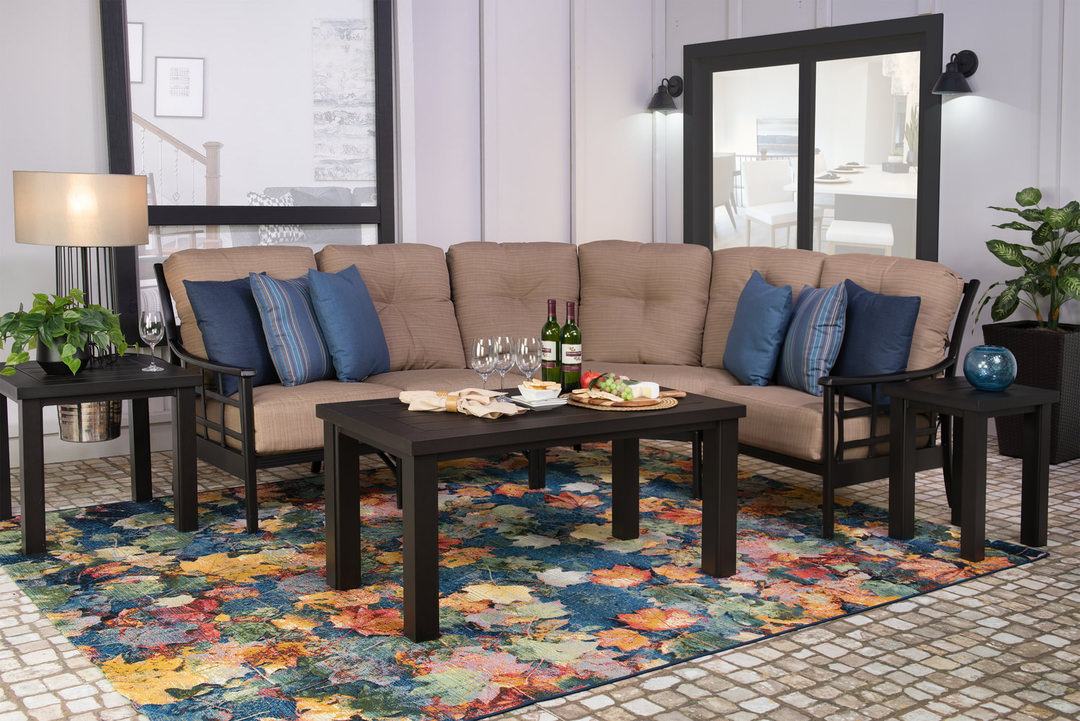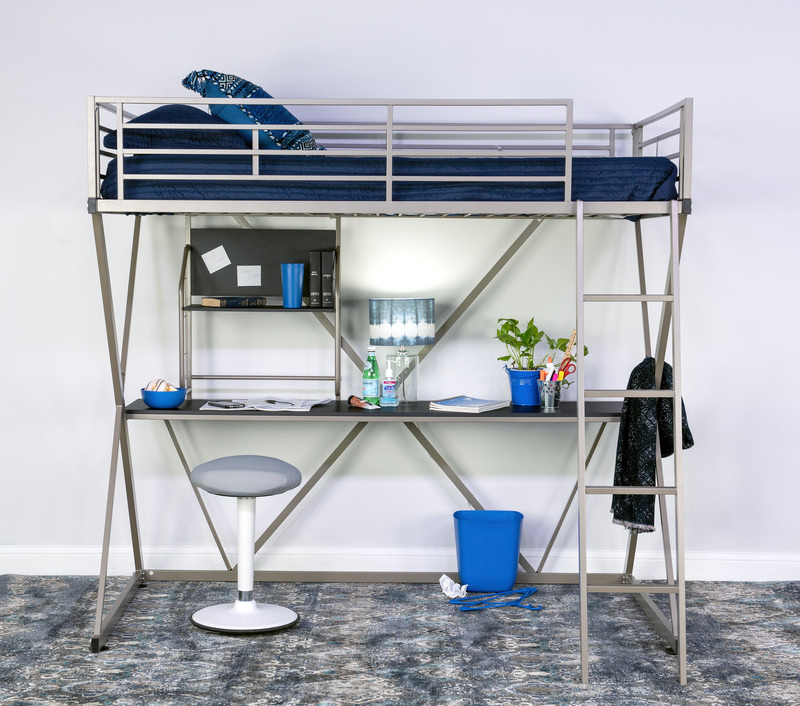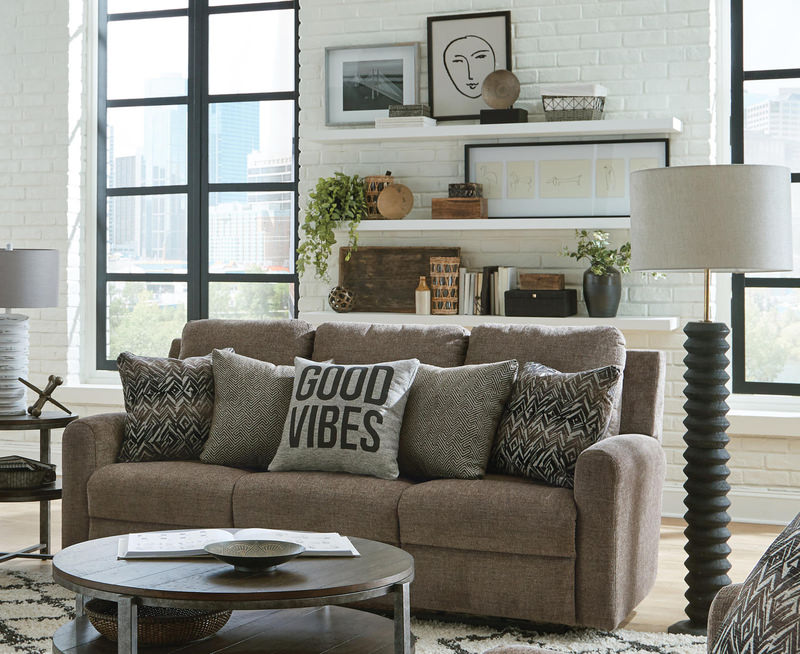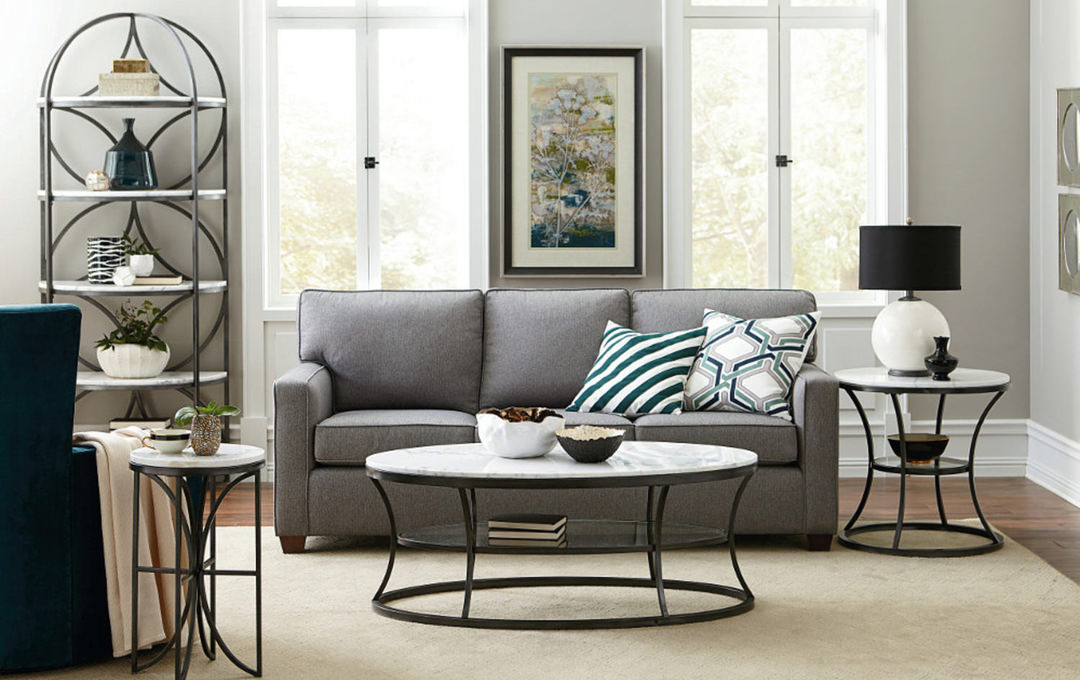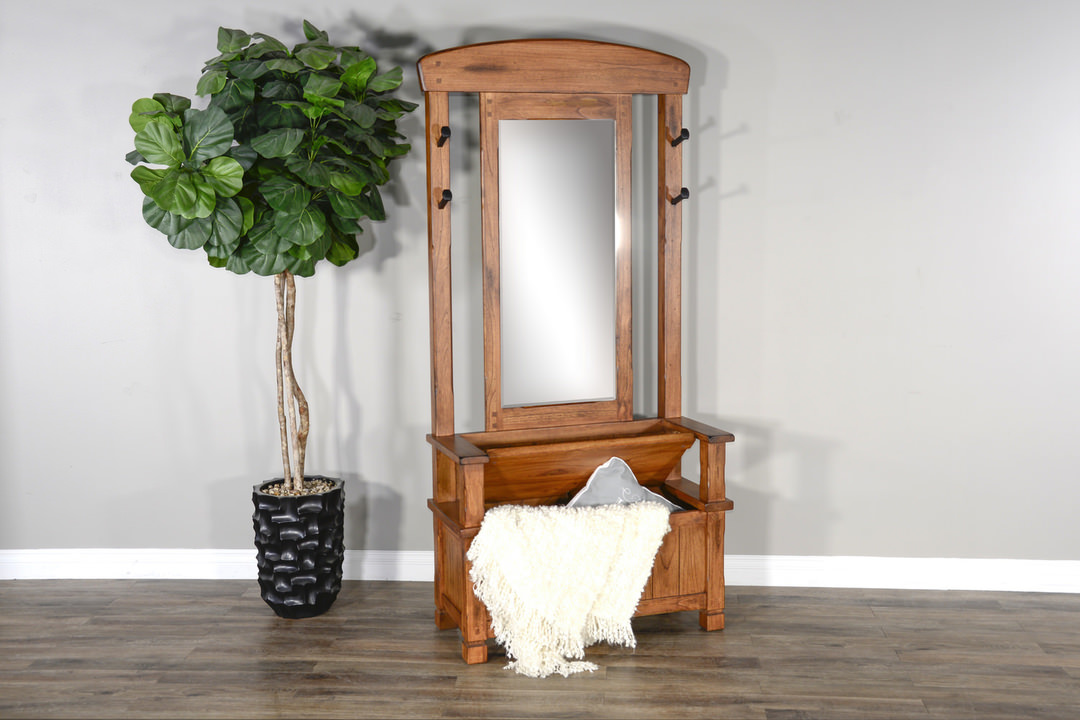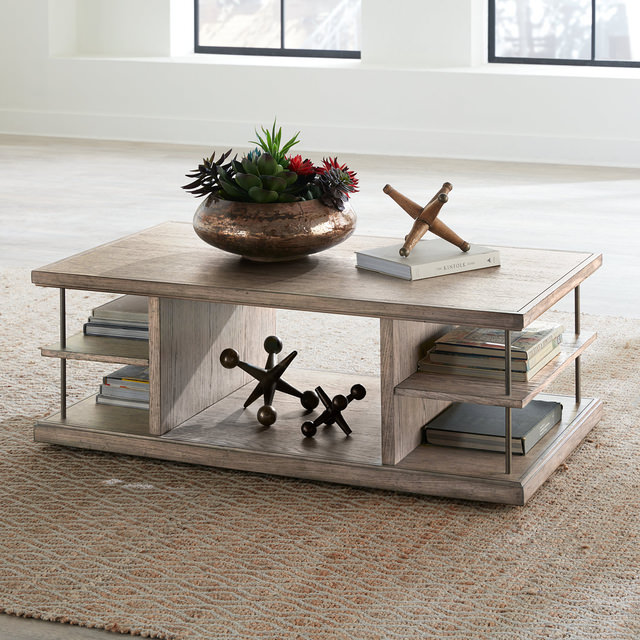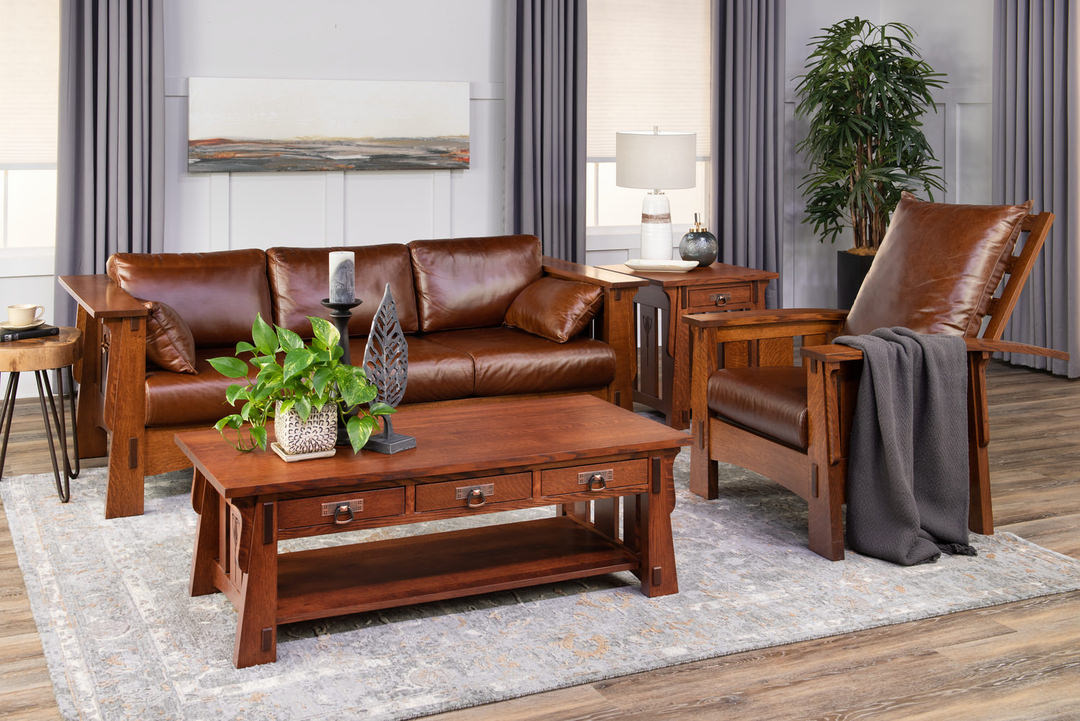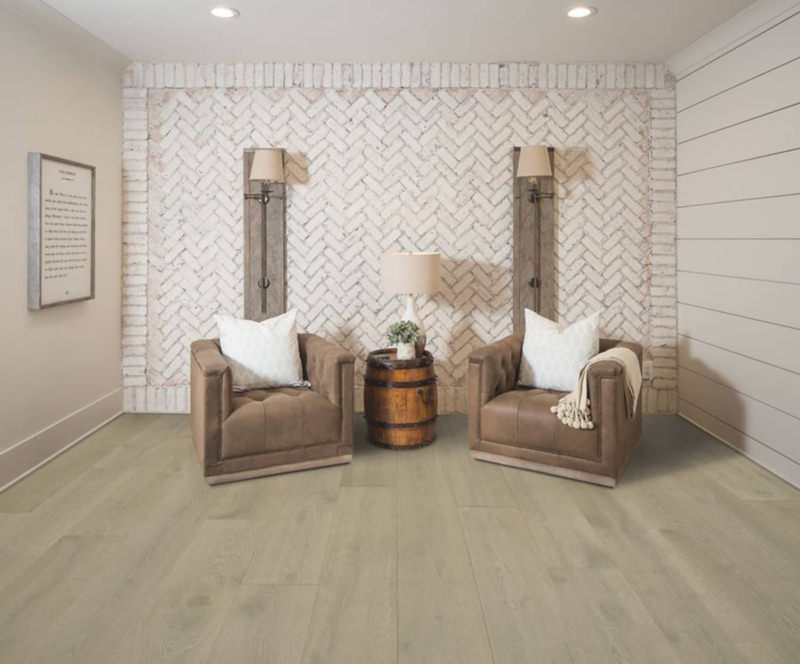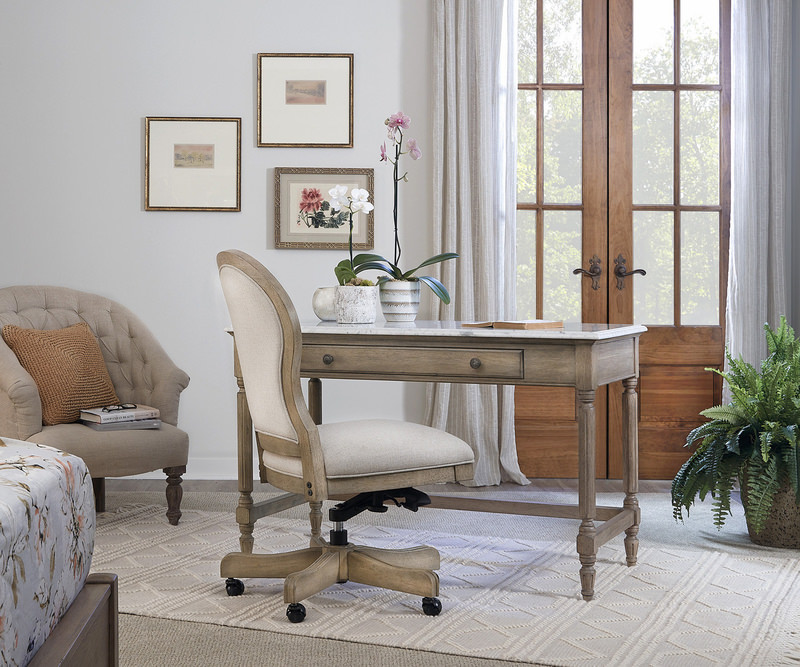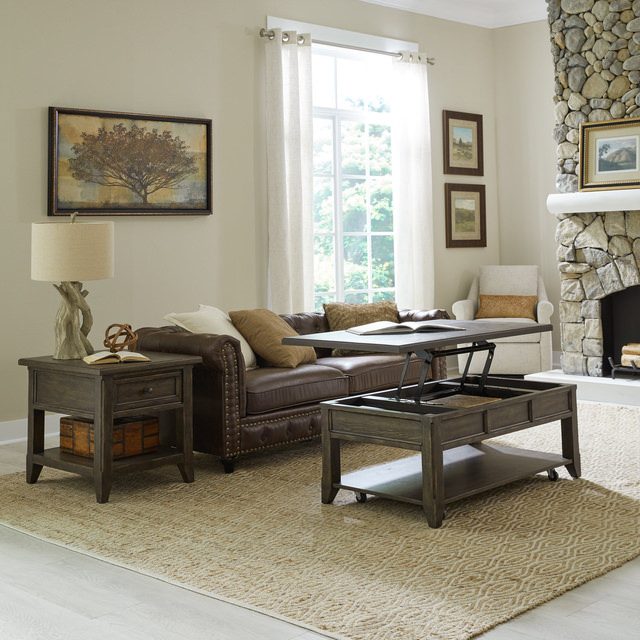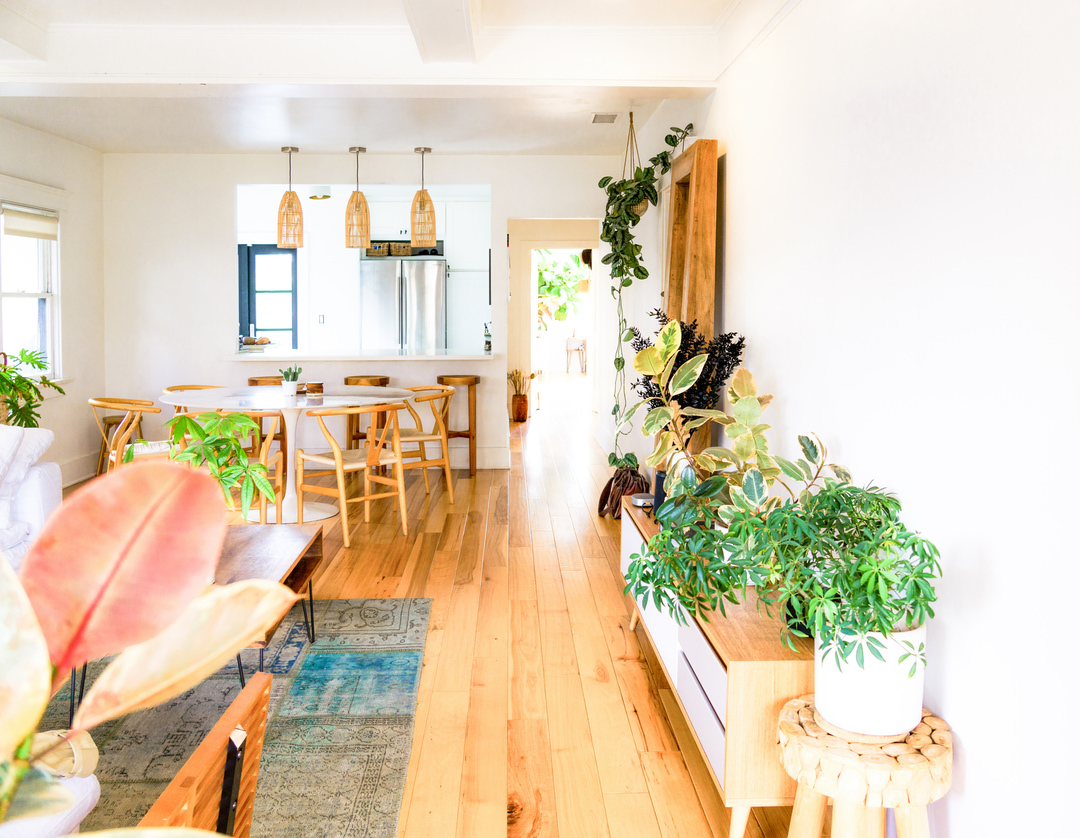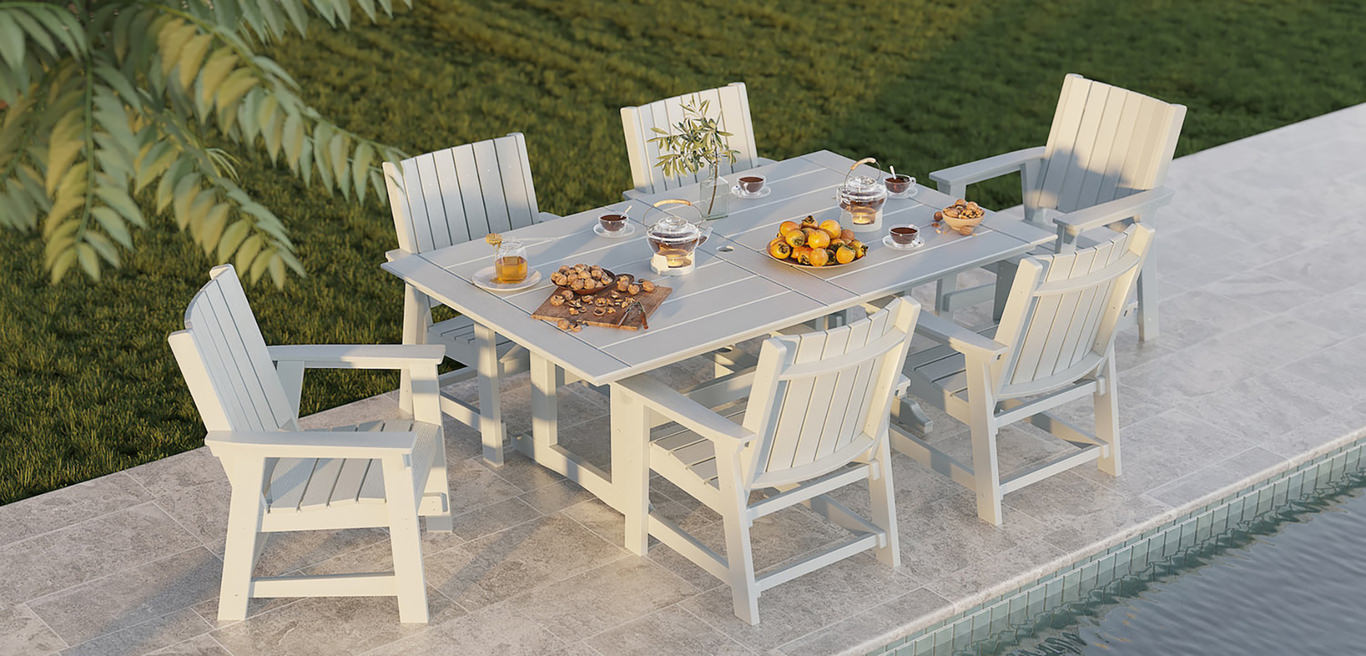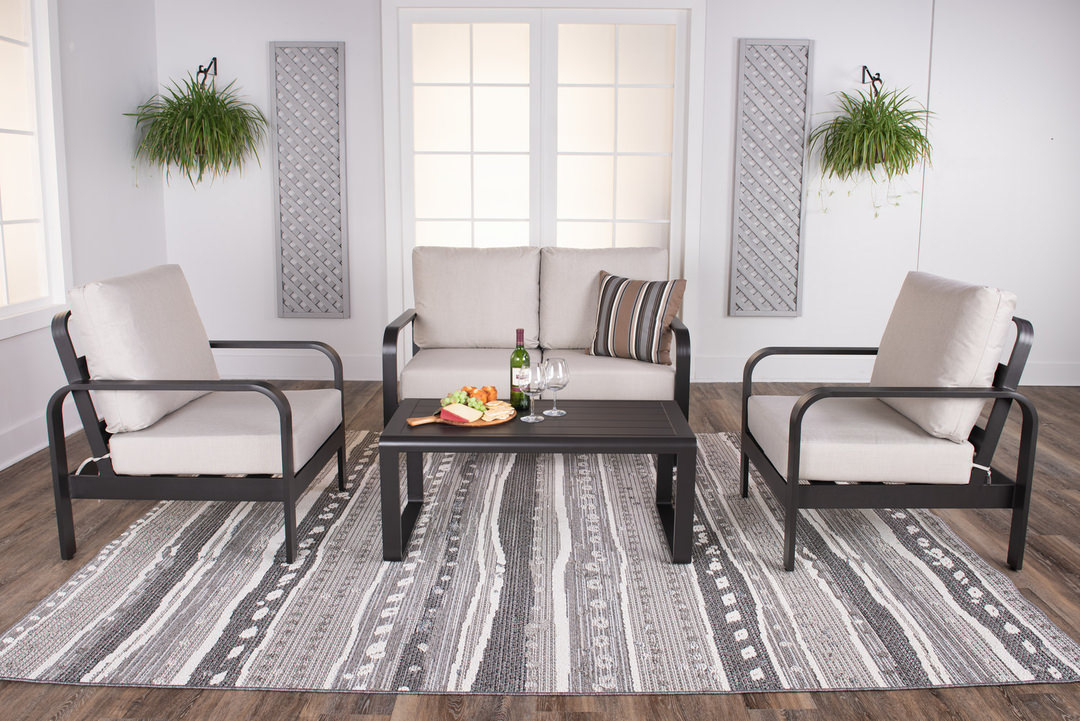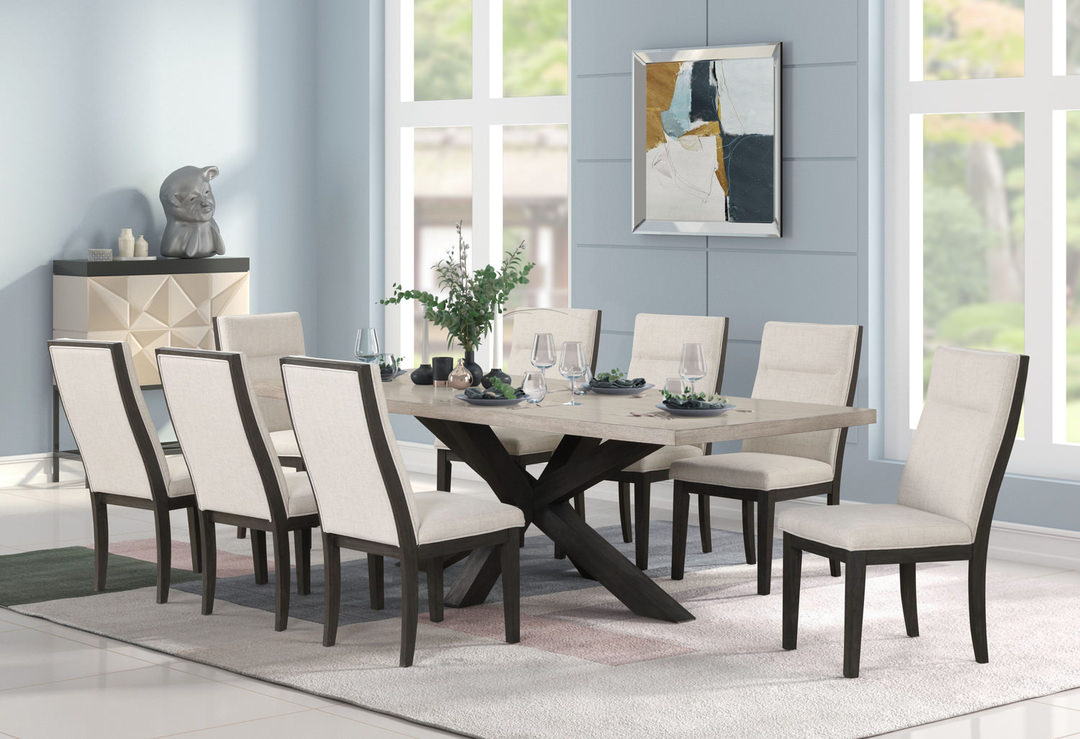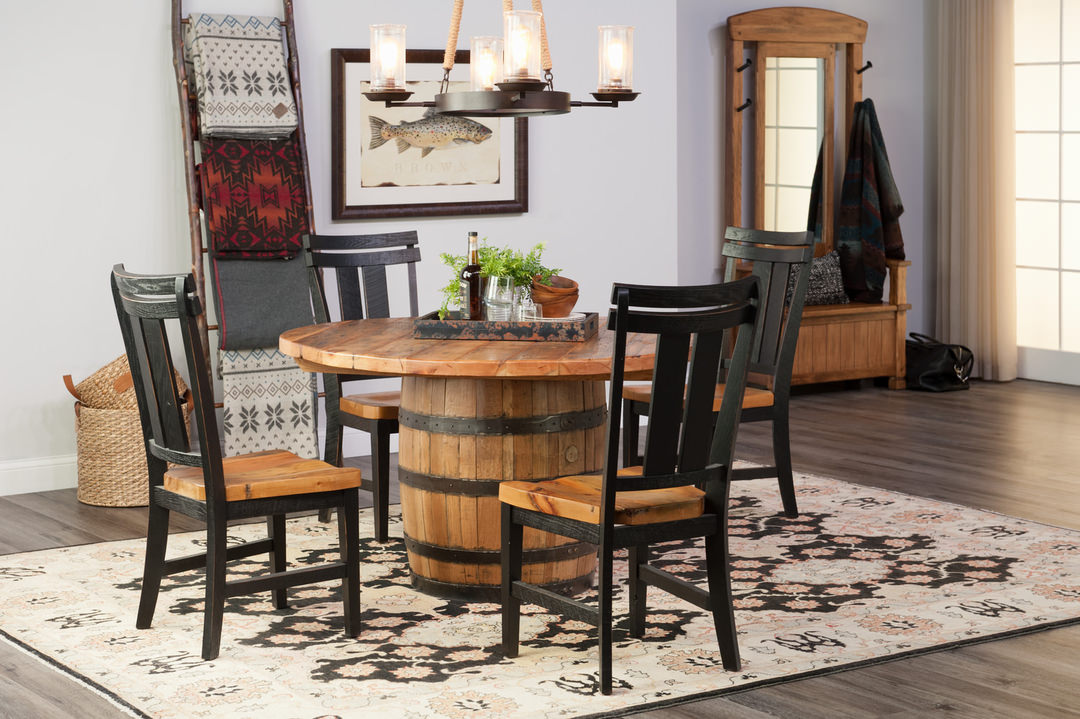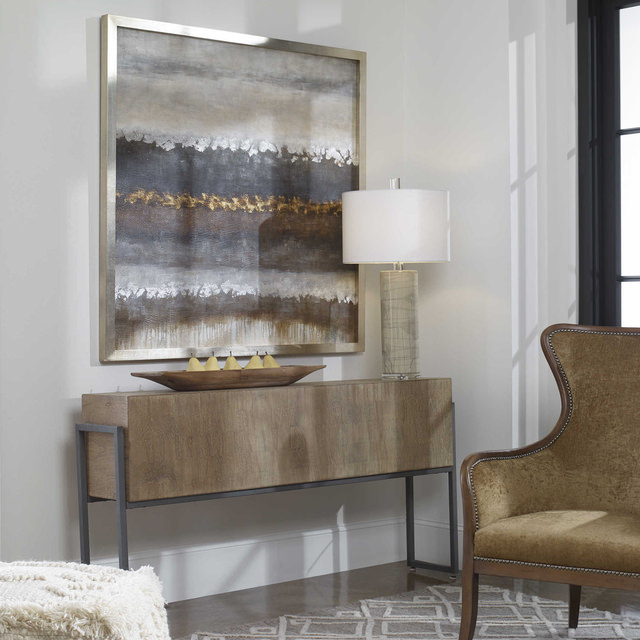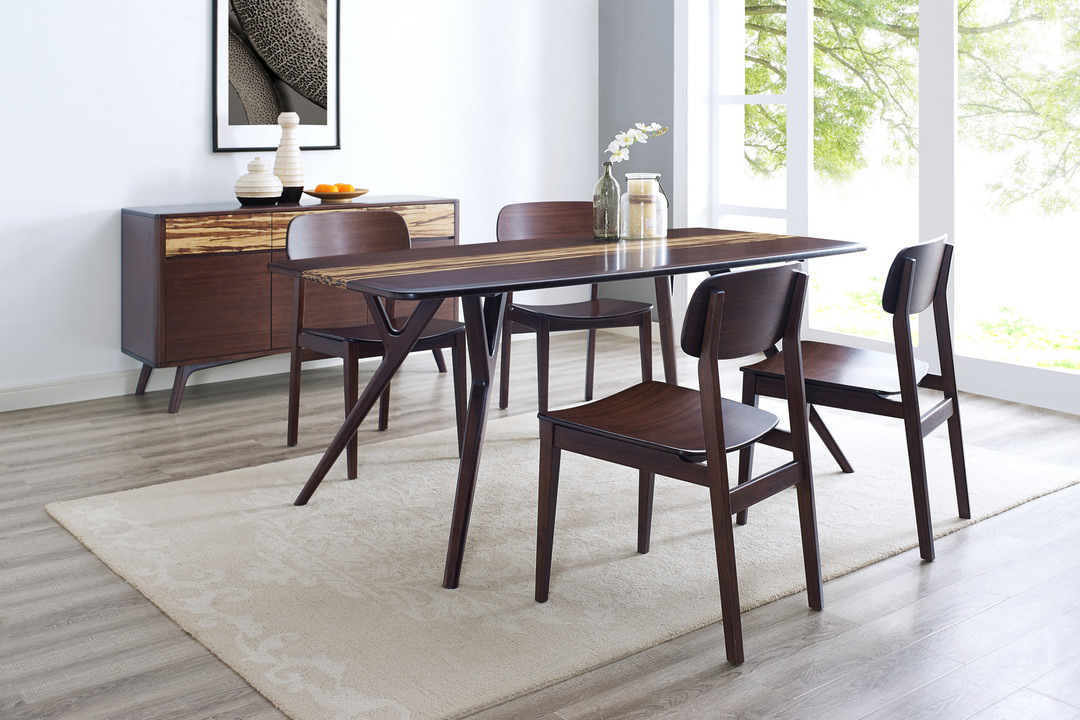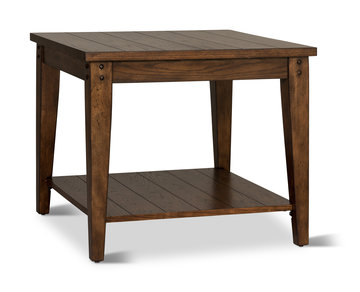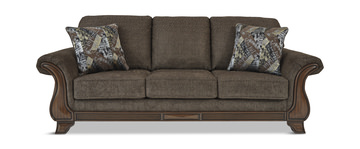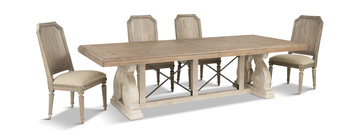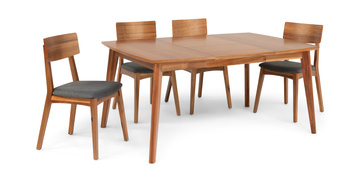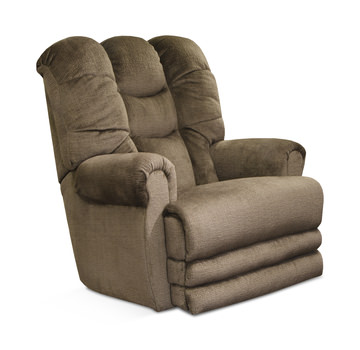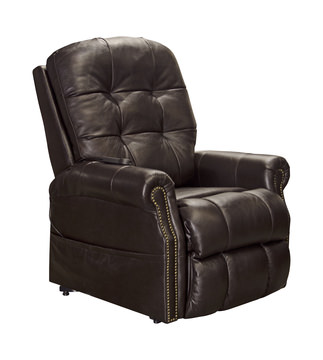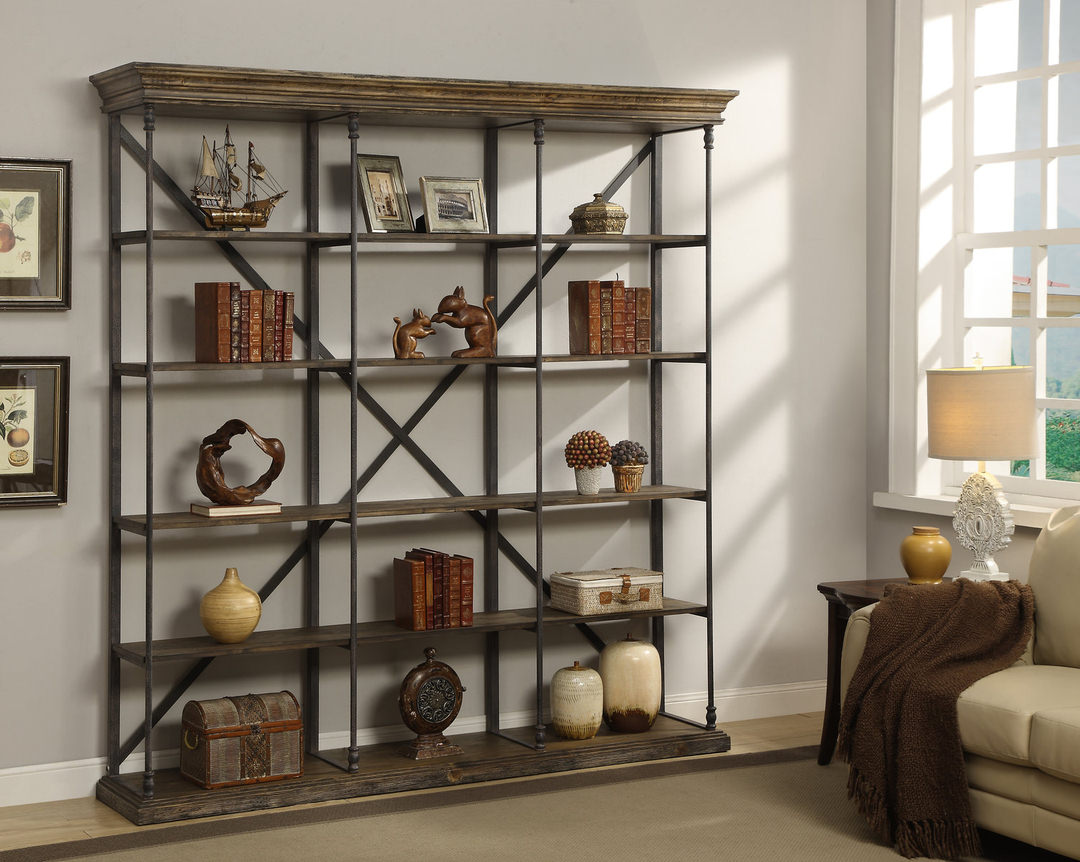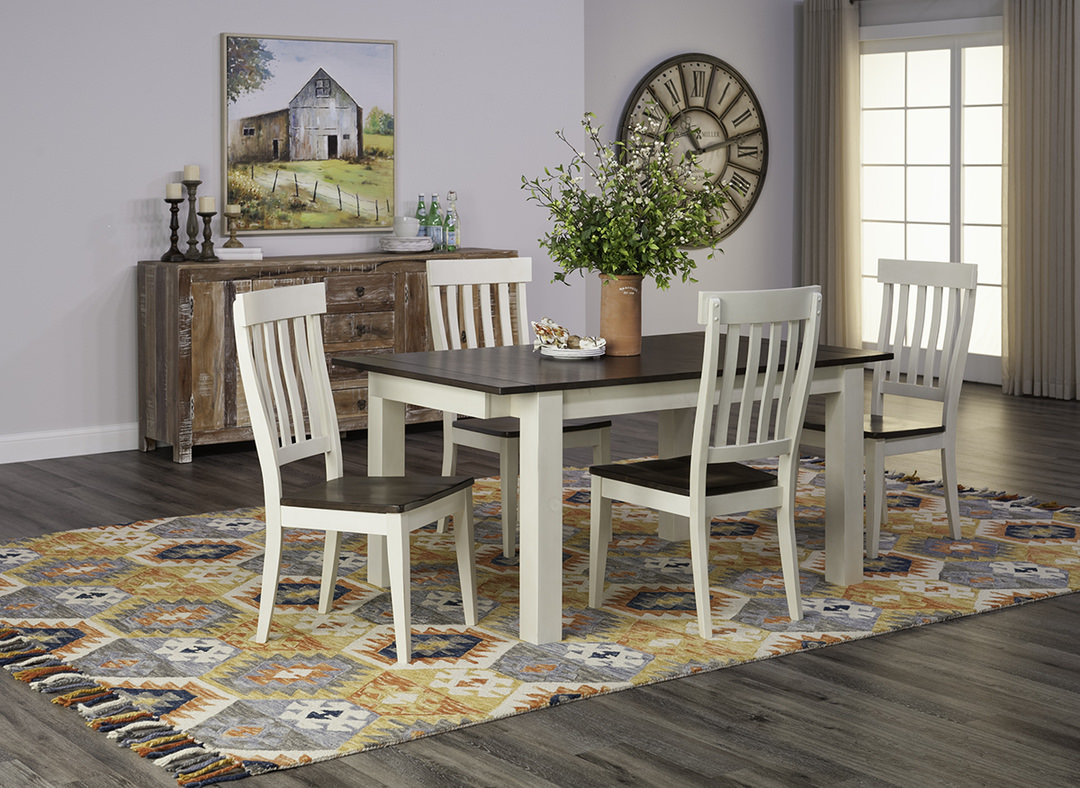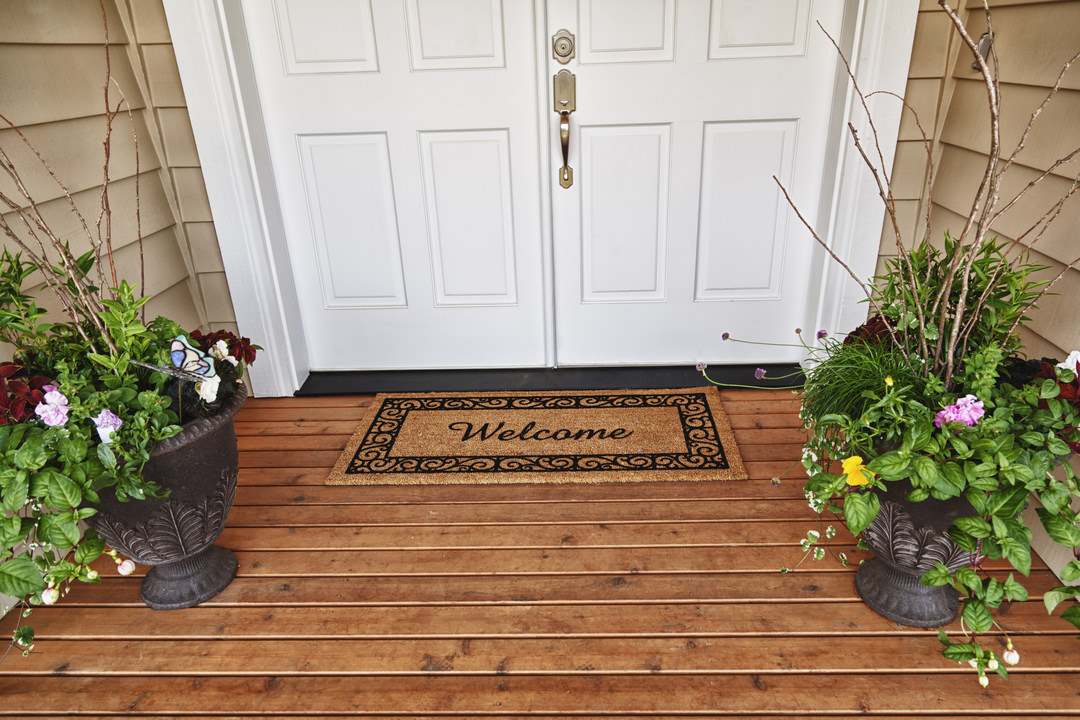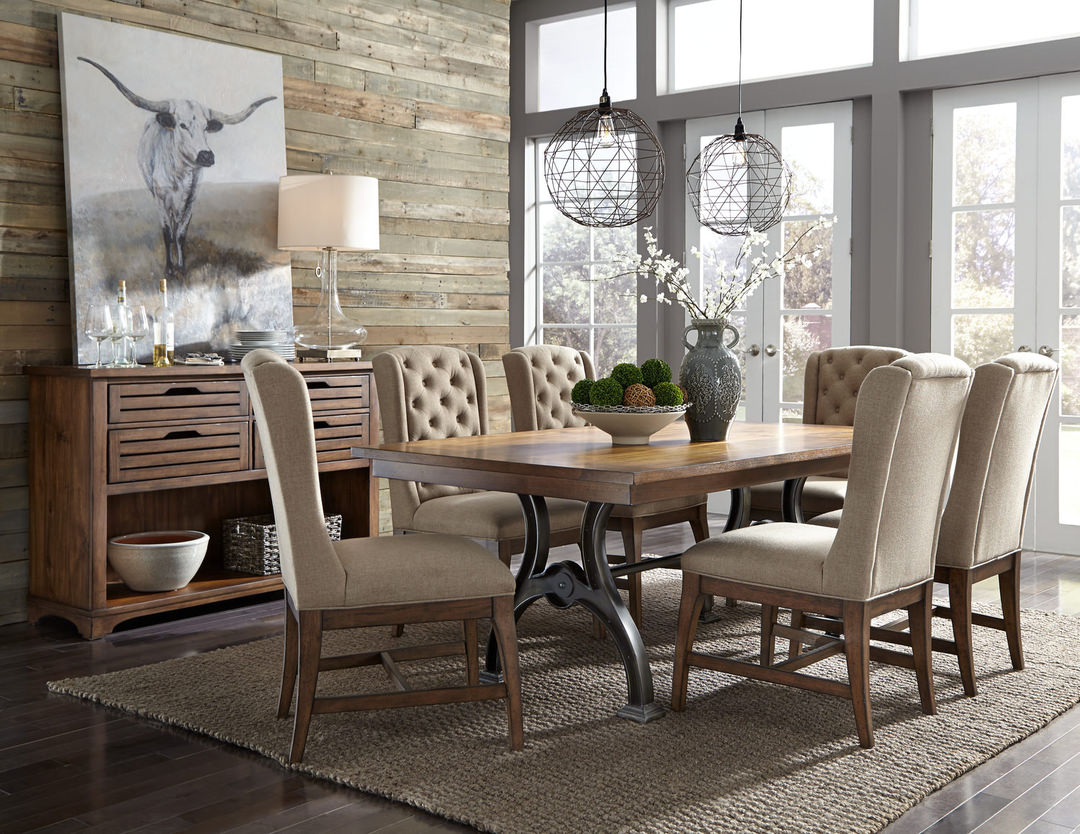How to Combine Design Styles
Merge two different design styles in your home by following these pro tips.
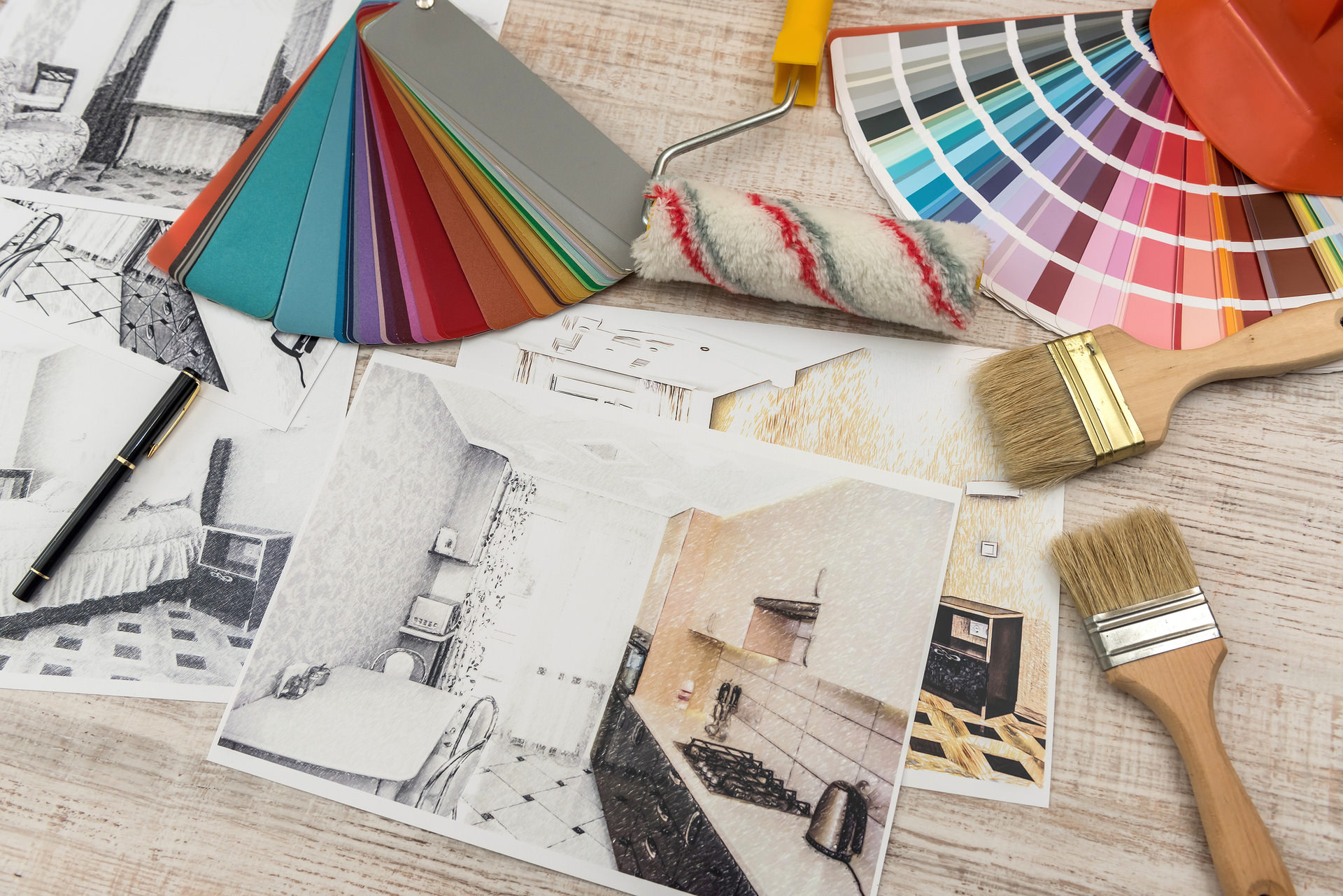
What do you do if you like a rustic farmhouse look but the other person in your home prefers contemporary? Or if you favor casual and the other person has a thing for industrial? Or you want to showcase your late Auntie Matilda’s heirloom dining sideboard but it doesn’t fit with your casual modern motif? For that matter, maybe there are two styles you’re in love with and you just can’t decide which you should go with.
As it turns out, you can have it both ways. Some of today’s top designers are experimenting with mixed interior design styles. Combining two styles yields a layered look with a perspective and depth that a uniform room can’t match. But there’s more to it than putting a rough-hewn wooden table next to a sleek black sofa and saying, “My, isn’t that eclectic!” Here are a few tips for combining furnishings from more than one category to achieve a unified look.
Coordinate Your Colors
Here’s a good way to tie together furniture and decor of different interior design styles: use a limited color palette and repeat the colors across both styles and all the rooms. If you use too many colors, it can look like a roomful of individual pieces that don’t have much to do with each other.
As with any kind of decorating, it’s a good idea to select three colors and use the old reliable 60-30-10 rule. 60 percent of the room is your primary color, 30 percent your secondary and 10 percent an accent color.
In “normal” decorating, the second and third colors can be similar to the first or can contrast with it. In multi-style design, many experts prefer to use three hues that are close together on the color chart, perhaps even three shades of the same color. This will help the room feel unified no matter how different the elements are.
Create Bridges Between Styles
Color isn’t the only way to tie your styles together. You can also use lines. For example, if a sofa has a distinctive curve, repeat that curve elsewhere in the room. Two piece of wood furniture with the same stain or the same wood type will work together even if the styles are different. If they are different shades, you might consider re-staining one.
Texture is another way to bridge. The rough wooden surface of a rustic piece can be echoed in a contemporary area rug. Smooth industrial surfaces will map to smooth modern surfaces.
One of the easiest tricks for blending styles is to use pillows. Pillows are limitless in their color, texture and variety, and it’s not hard to find one that’s at home in two design statements.
Choose a Theme
If you have an overall theme, then your different styles can interpret that theme in different ways. For example, a forest retreat theme could feature wire-brush tables and also a sleek and sophisticated sofa. In addition to forest, consider seaside, mountain home and Southwest desert. In a child’s room, there’s even more freedom to work with a wide variety of themes.
Use a Neutral Background
With two styles, you already have enough contrast going on. The background should be just that: a background. Think conservative wall colors rather than bright colors or wallpaper. Curtains that don’t make an effort to stand out. A single-color rug, carpet or flooring of a neutral disposition.
Balance the Room
The room should function well without overcrowding and with plenty of room for moving about. The two styles should be balanced, but that doesn’t necessarily mean half and half. In fact, many pros favor the 80-20 rule, where four-fifths on the room is in one style and one-fifth in the other.
Yes, this means you have to pick a “winner” that will be your dominant style. That doesn’t necessarily mean your 80 percent style will be the star of the show. Your 20 percenter can put itself forward in fixtures, statement furniture and bold accessories. Often that will be the style the catches a visitor’s eye.
Don’t forget about spatial balance. Your secondary style should be sprinkled throughout the room. Be sure there’s a little anywhere you look.
Accentuate the Oddity
Don’t hide Auntie Matilda’s heirloom sideboard. Celebrate it! Give it a prominent position in the room where it can’t be missed. It’s fun and interesting to display a piece where people don’t expect to find it. Folks say it’s the exception that proves the rule, and it’s the most forward piece in your 20 percent that demonstrates your creative use of multiple styles.
Your Home, Your Style(s)
Sometimes we talk about styles such as contemporary and traditional and rustic as if we know exactly what they mean. Really, though, there aren’t pure types of interior design styles. The style we call classic or traditional was at one time new and adventurous. Contemporary a few decades back is different from contemporary today.
